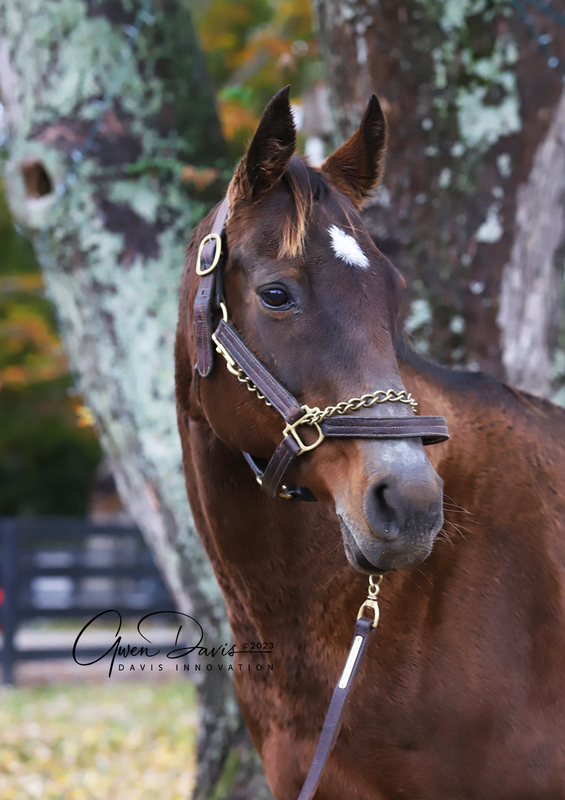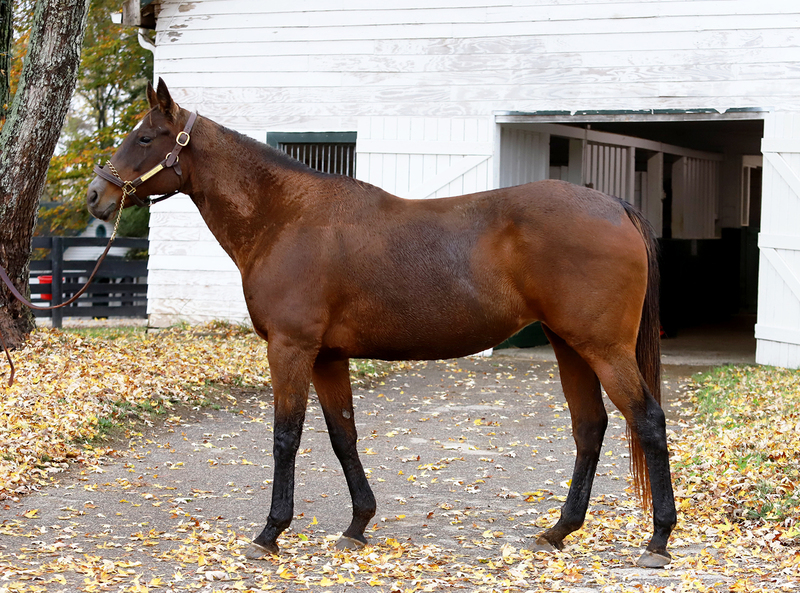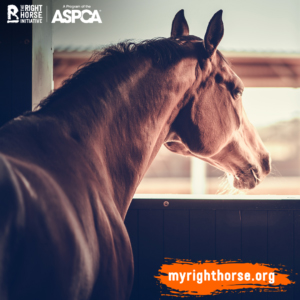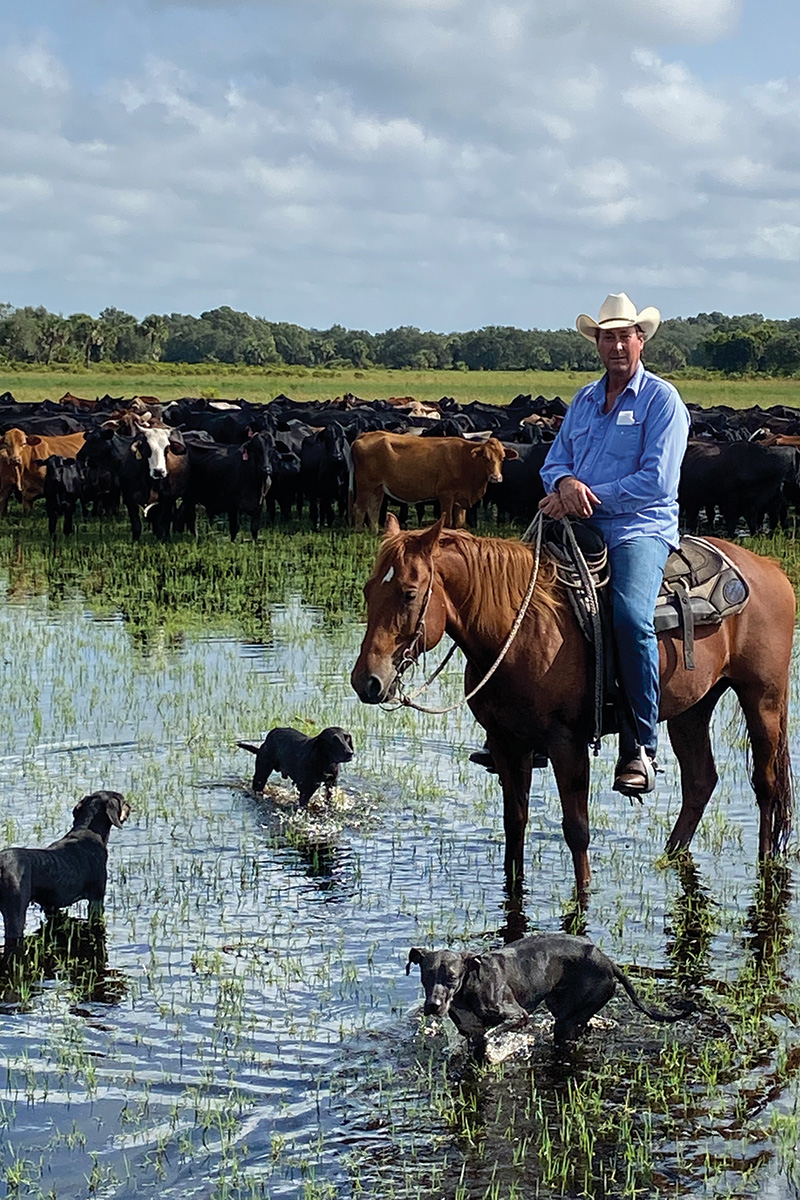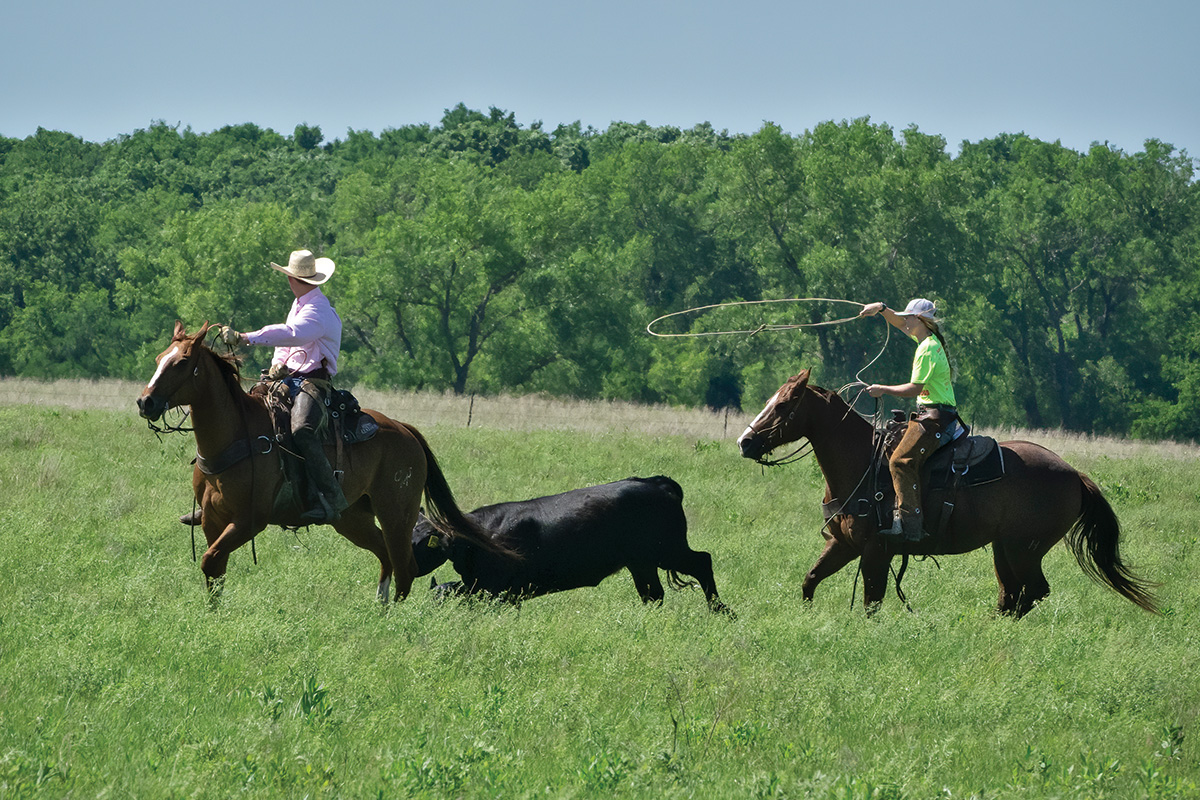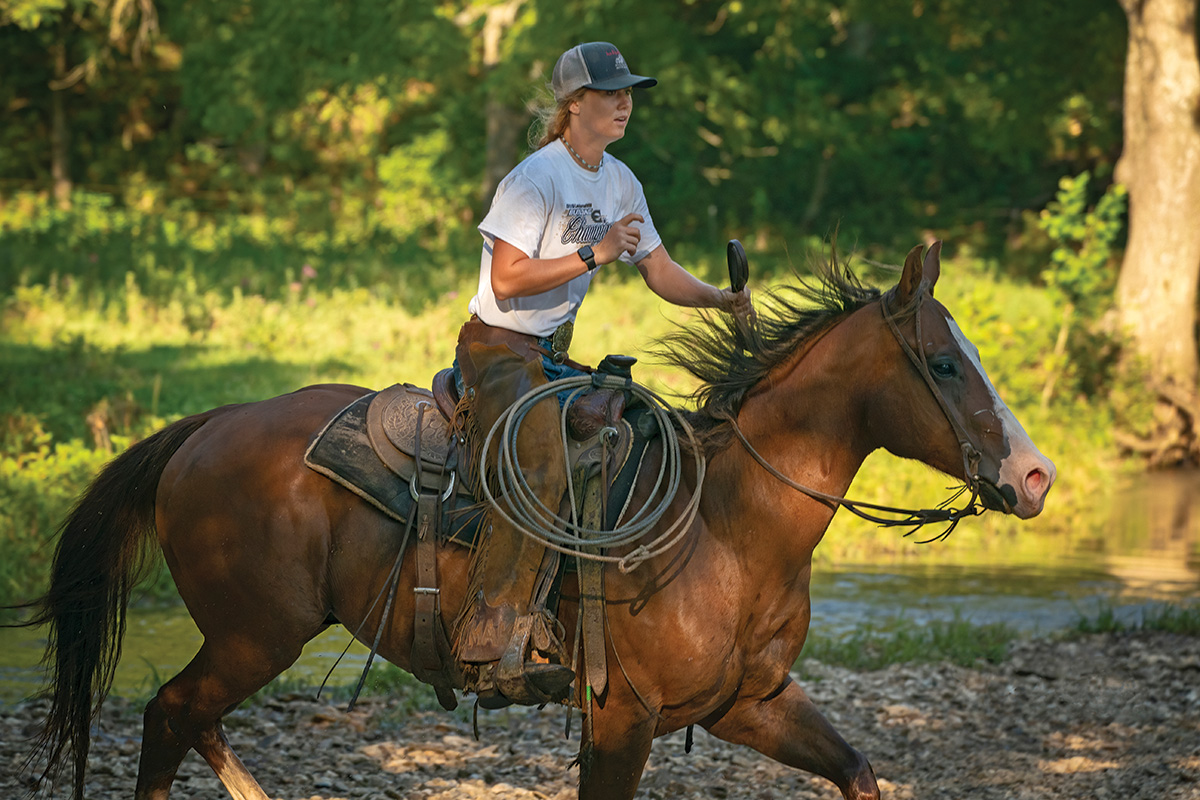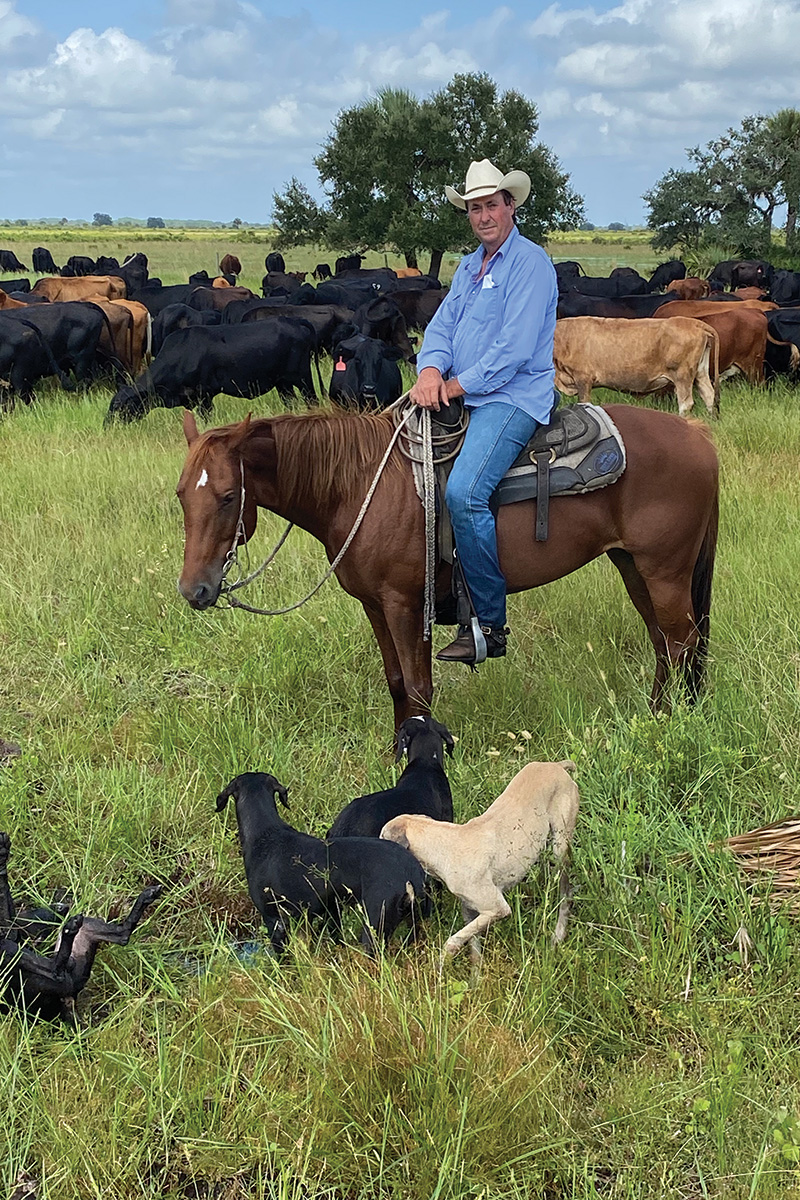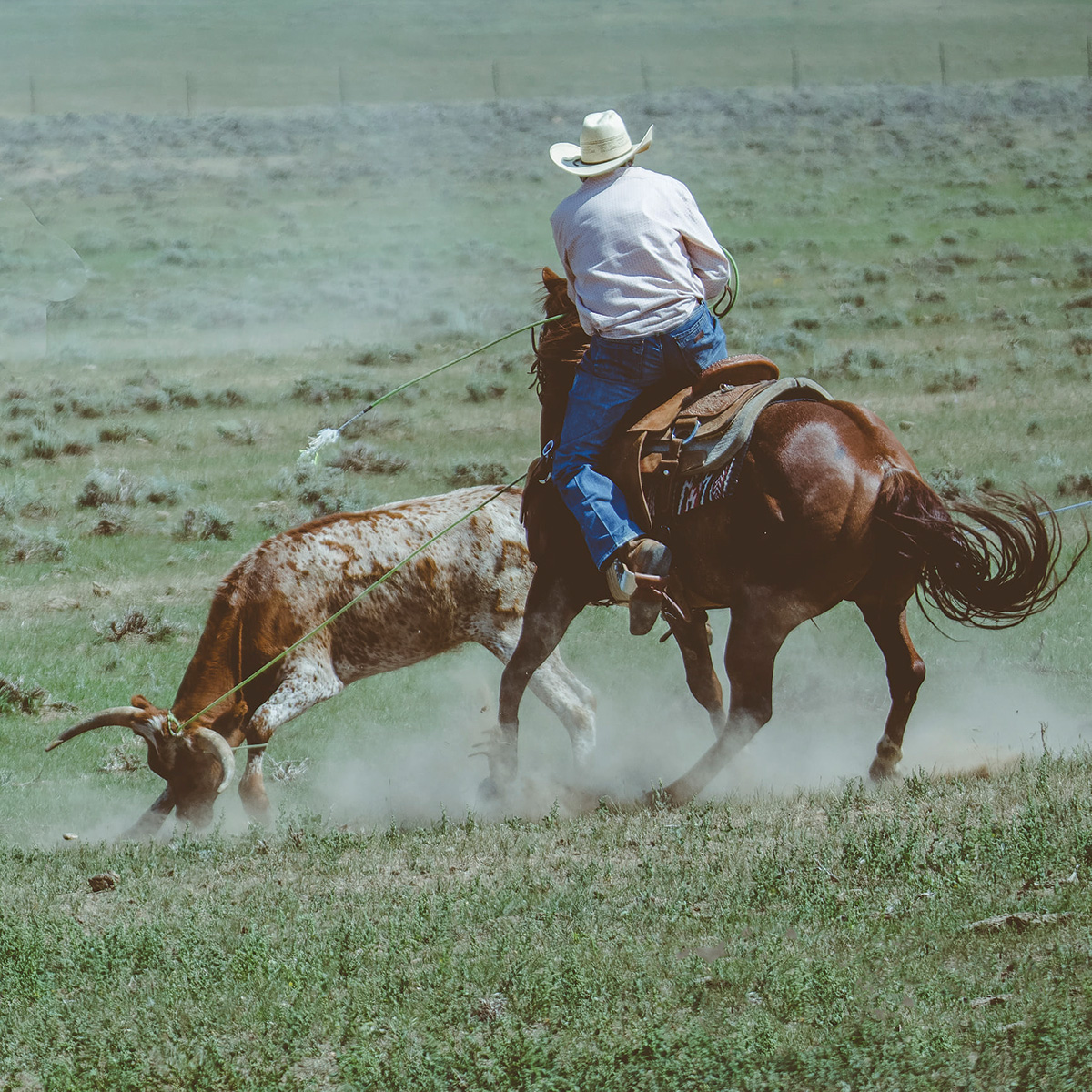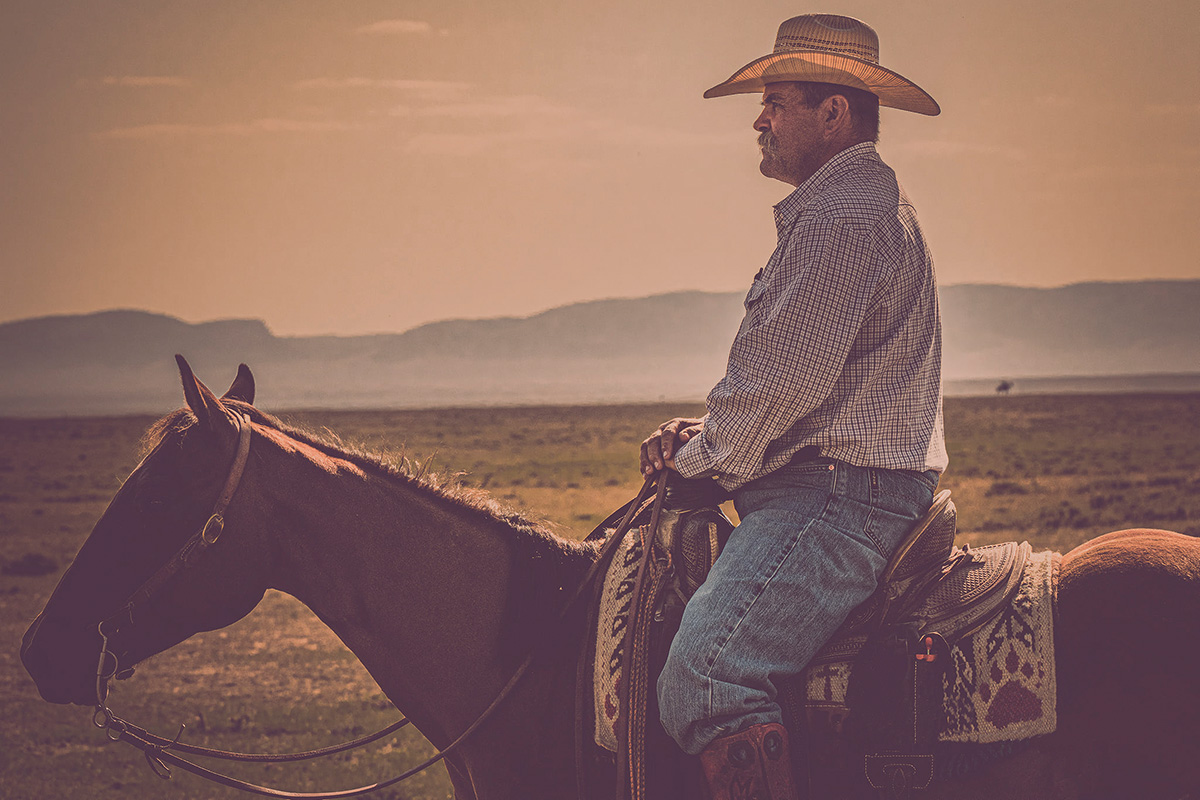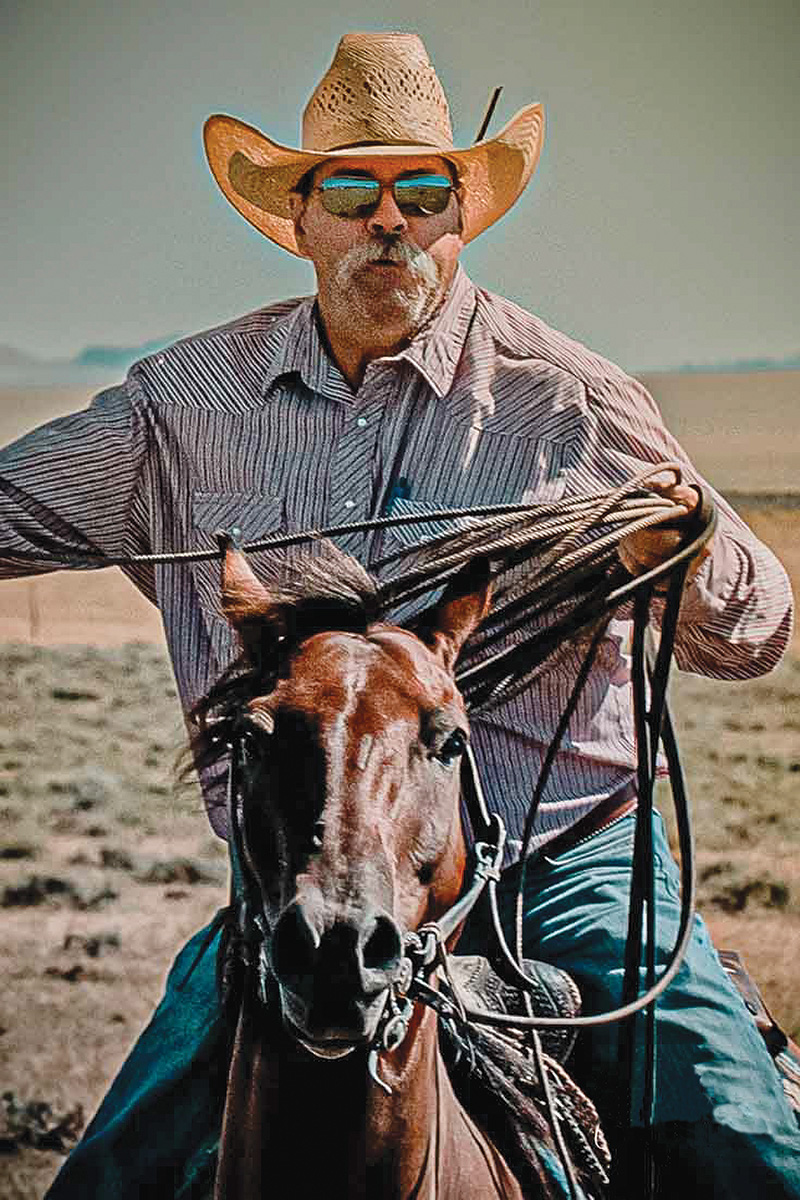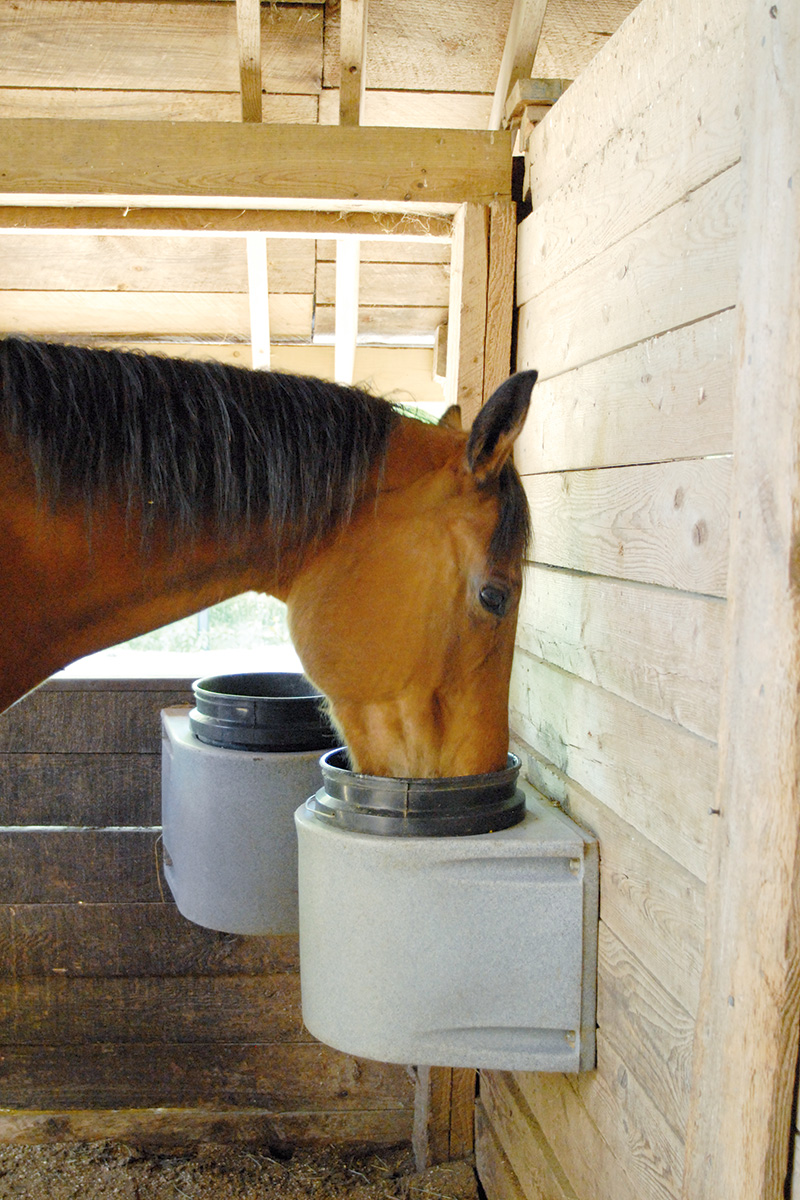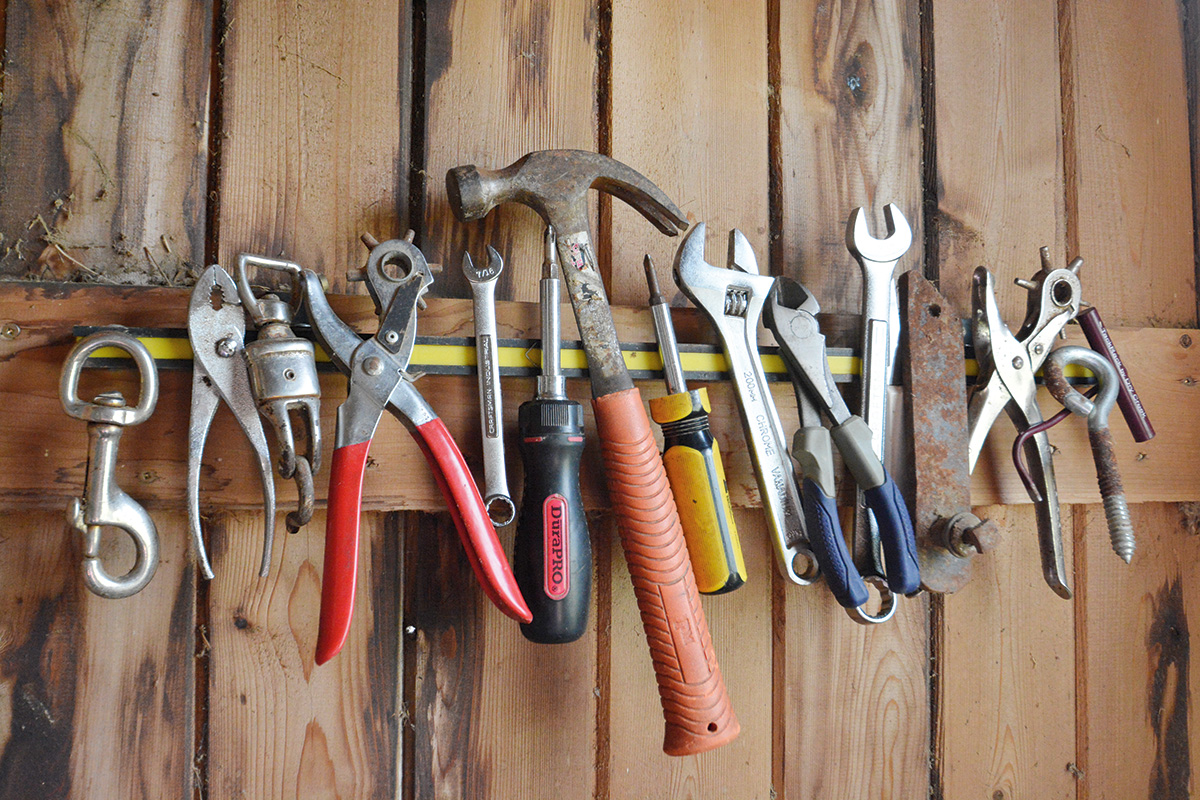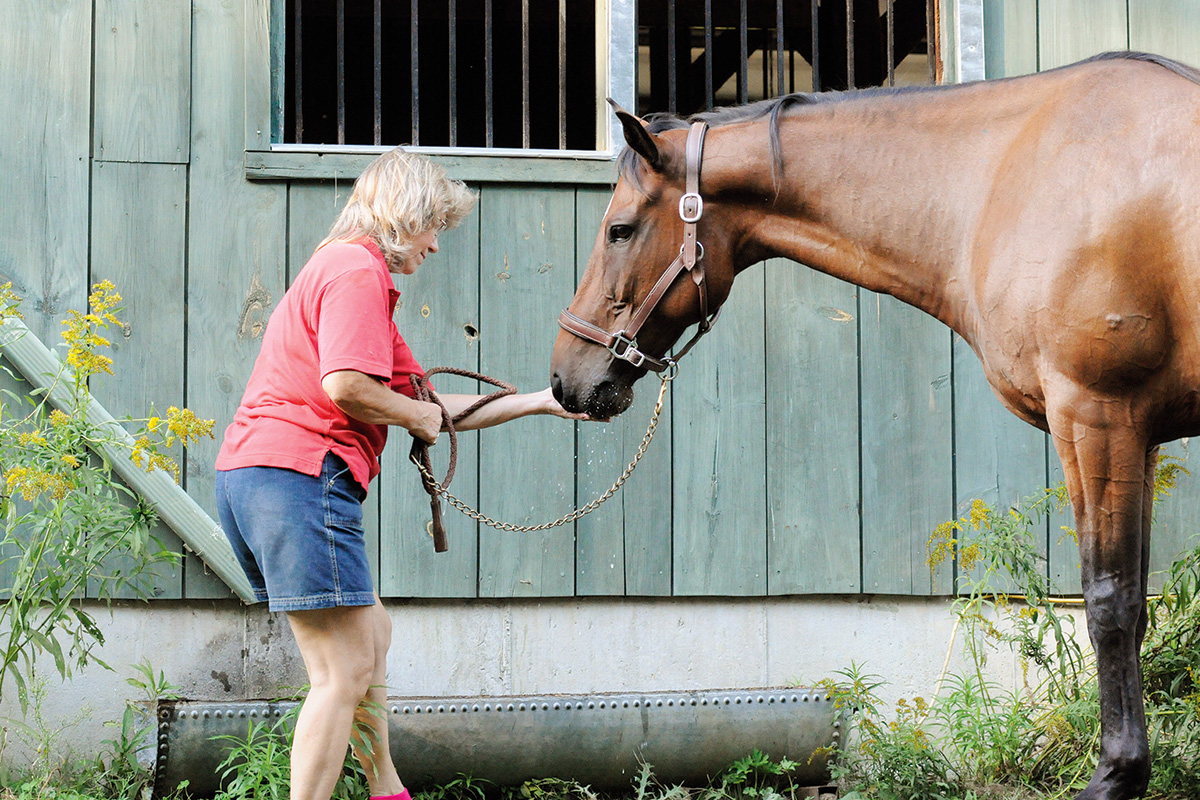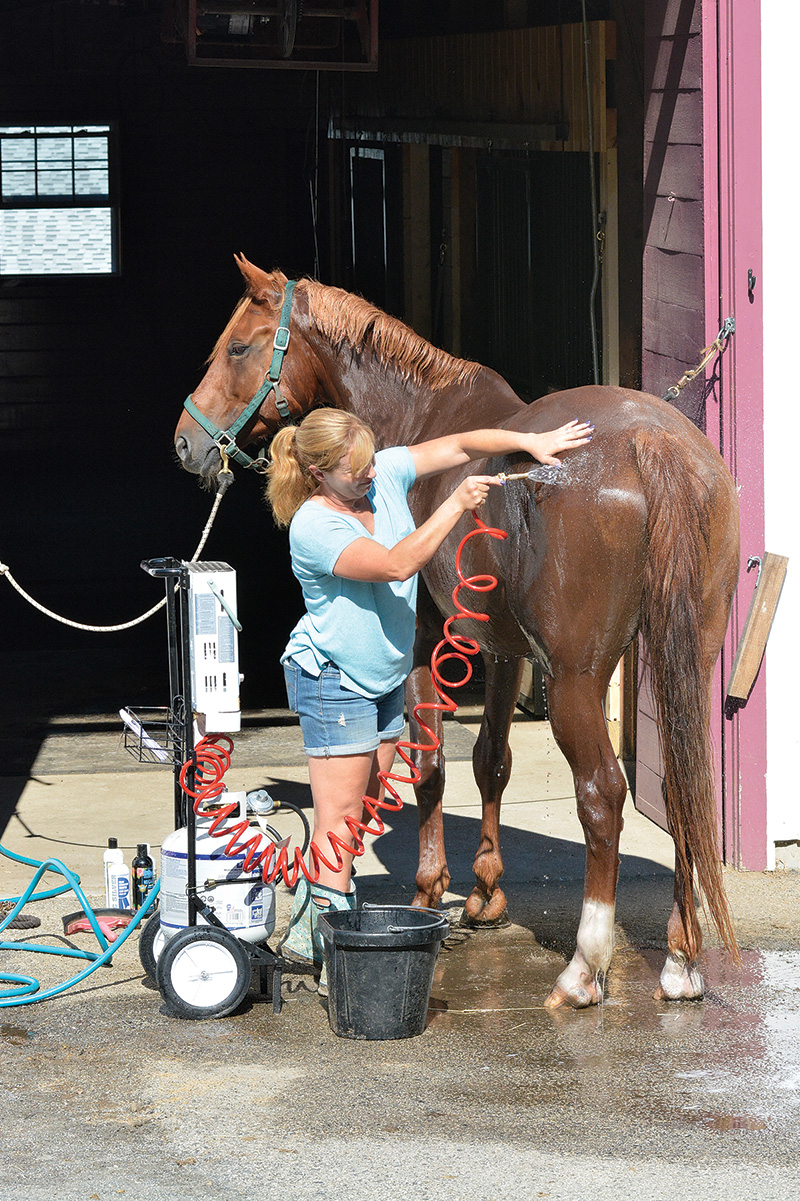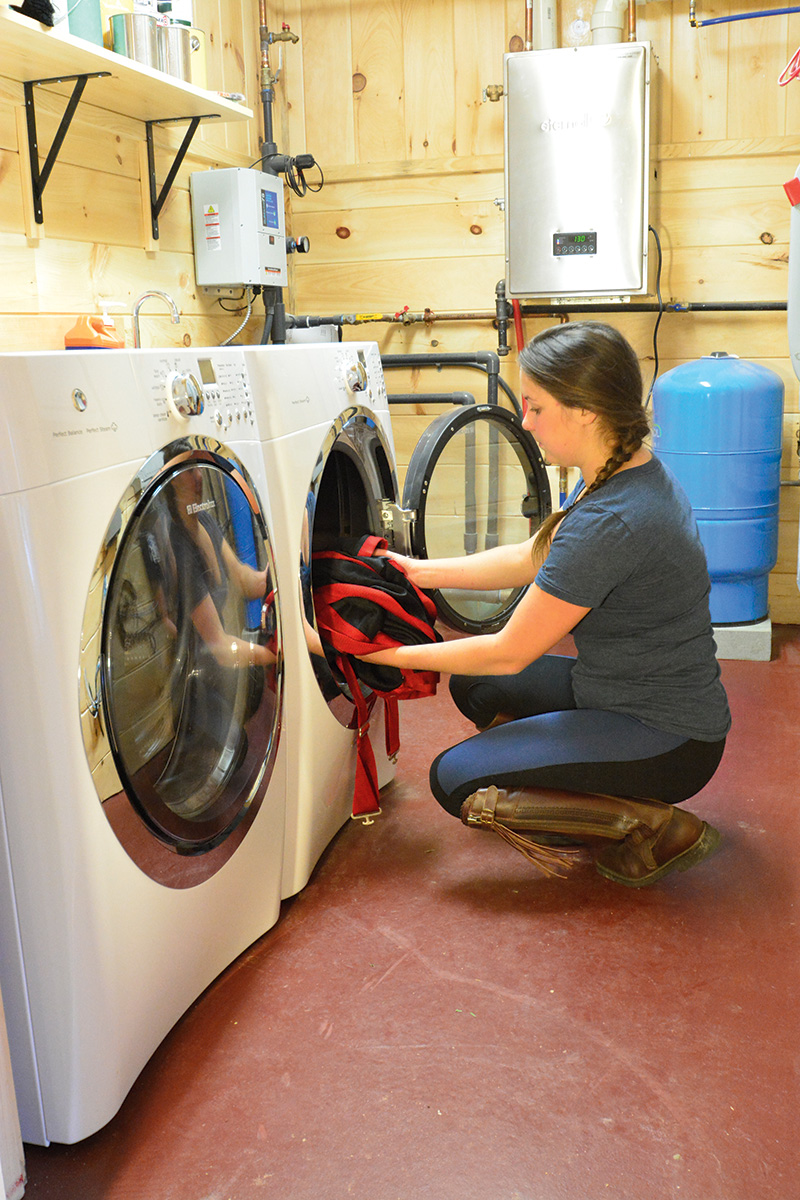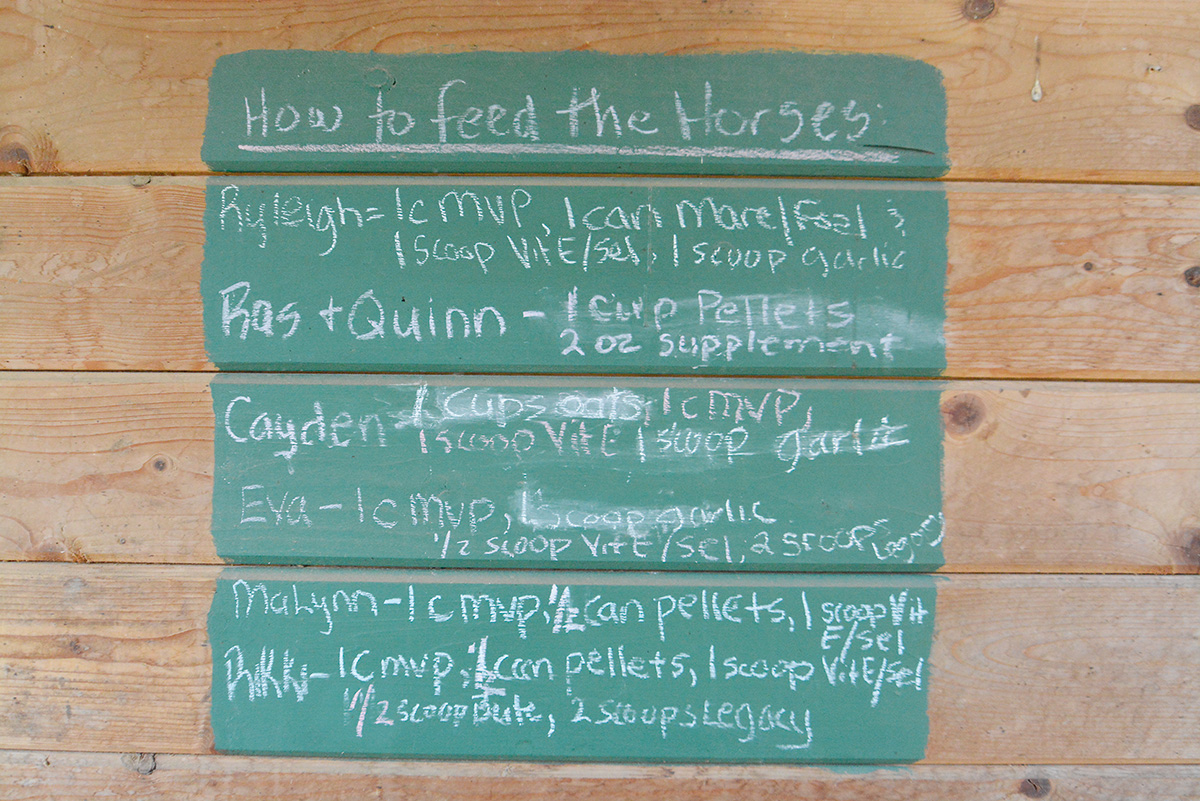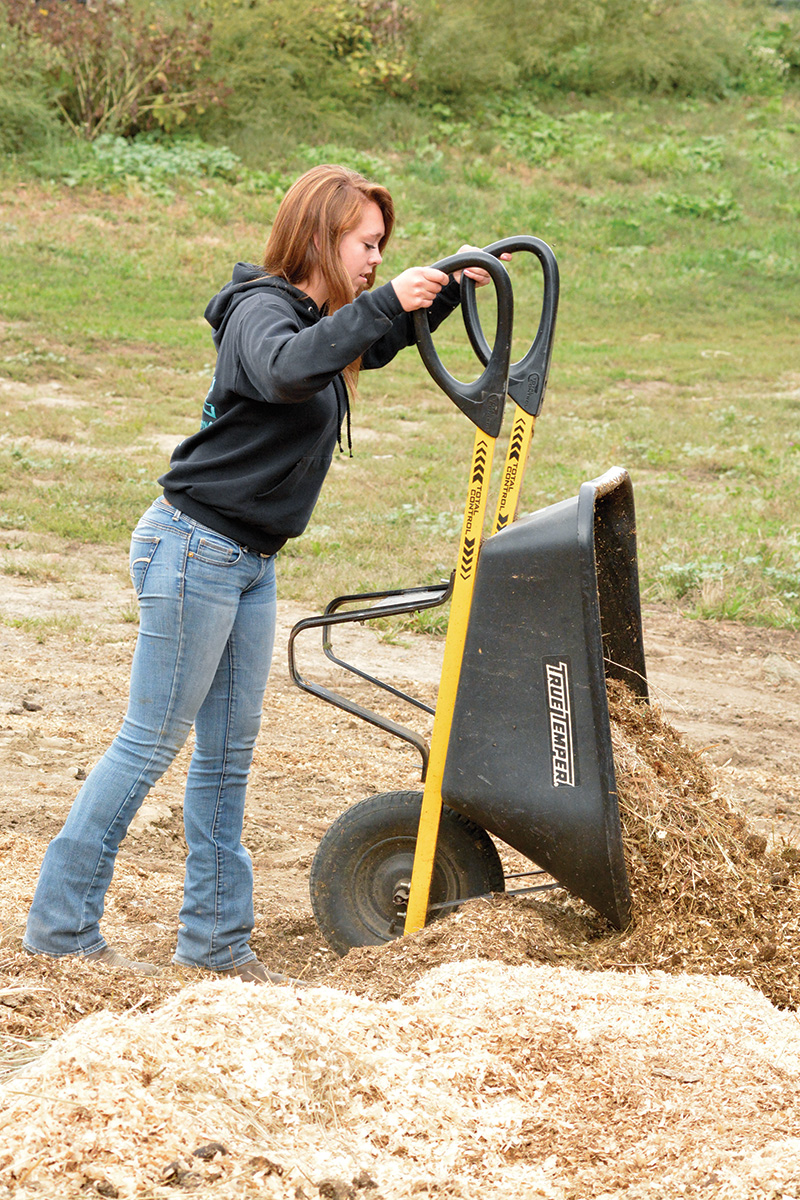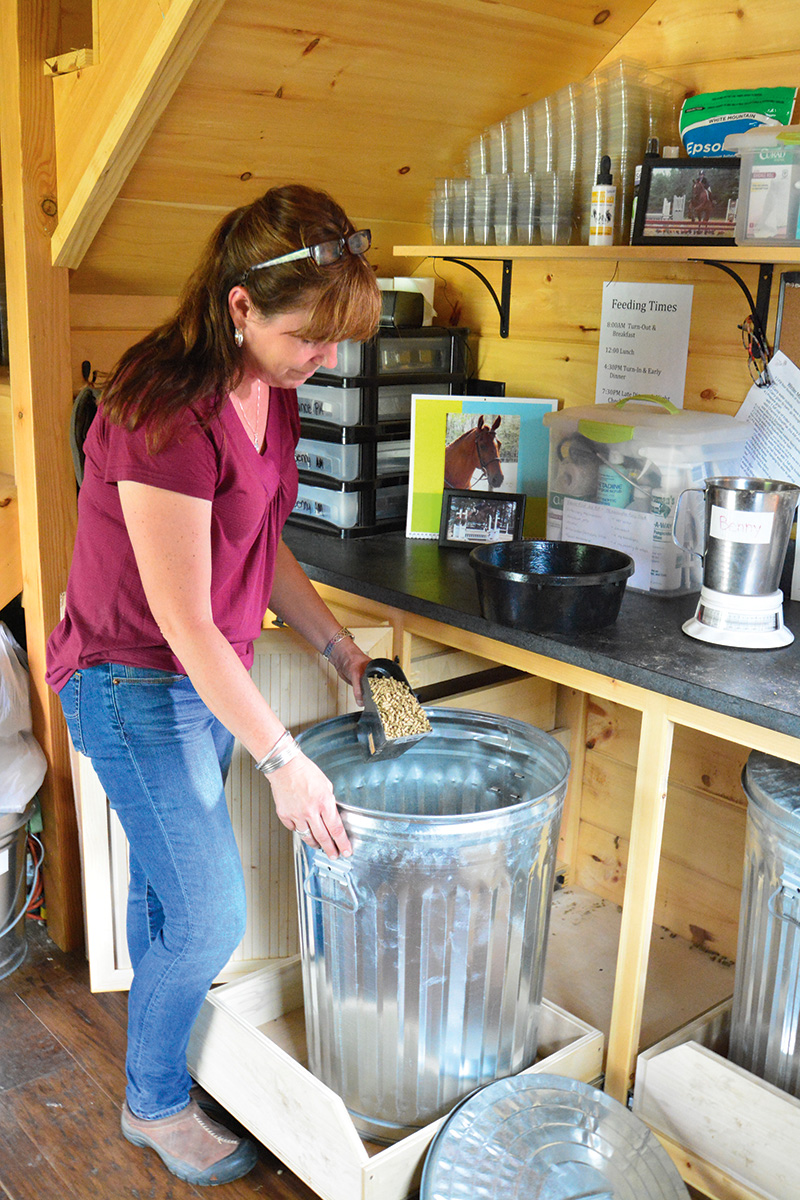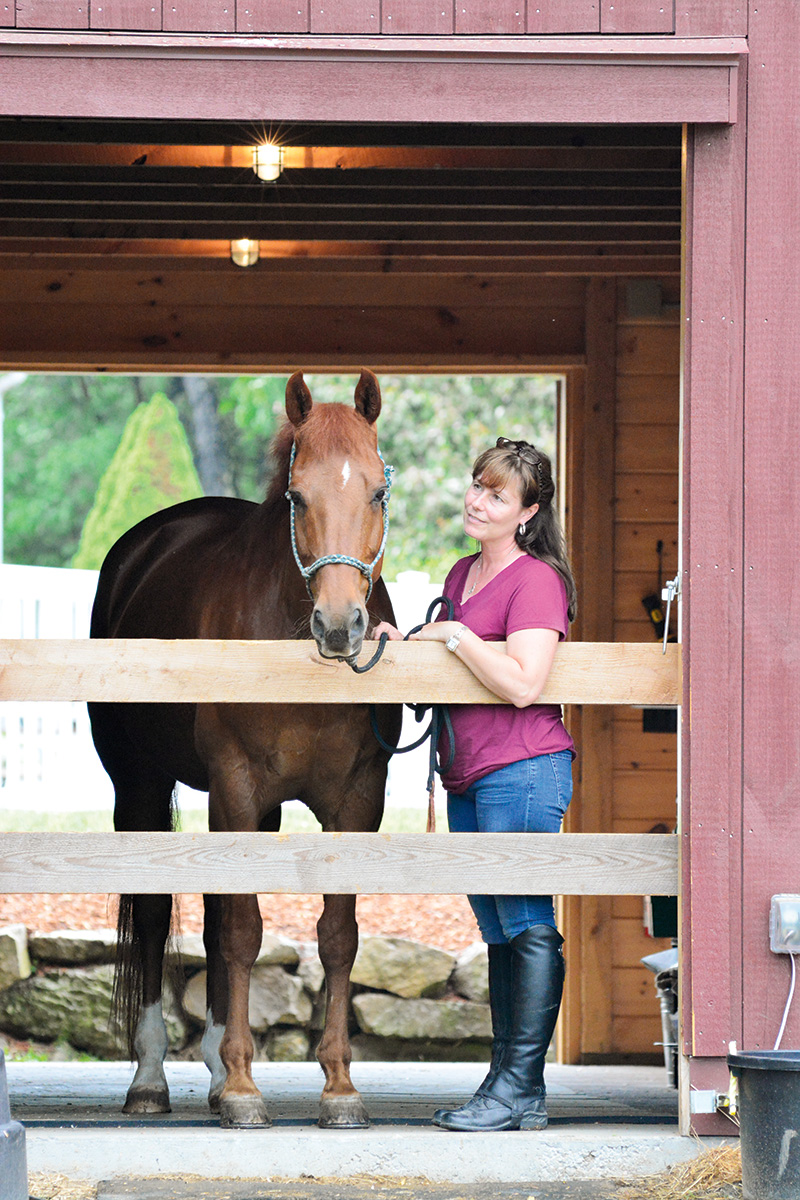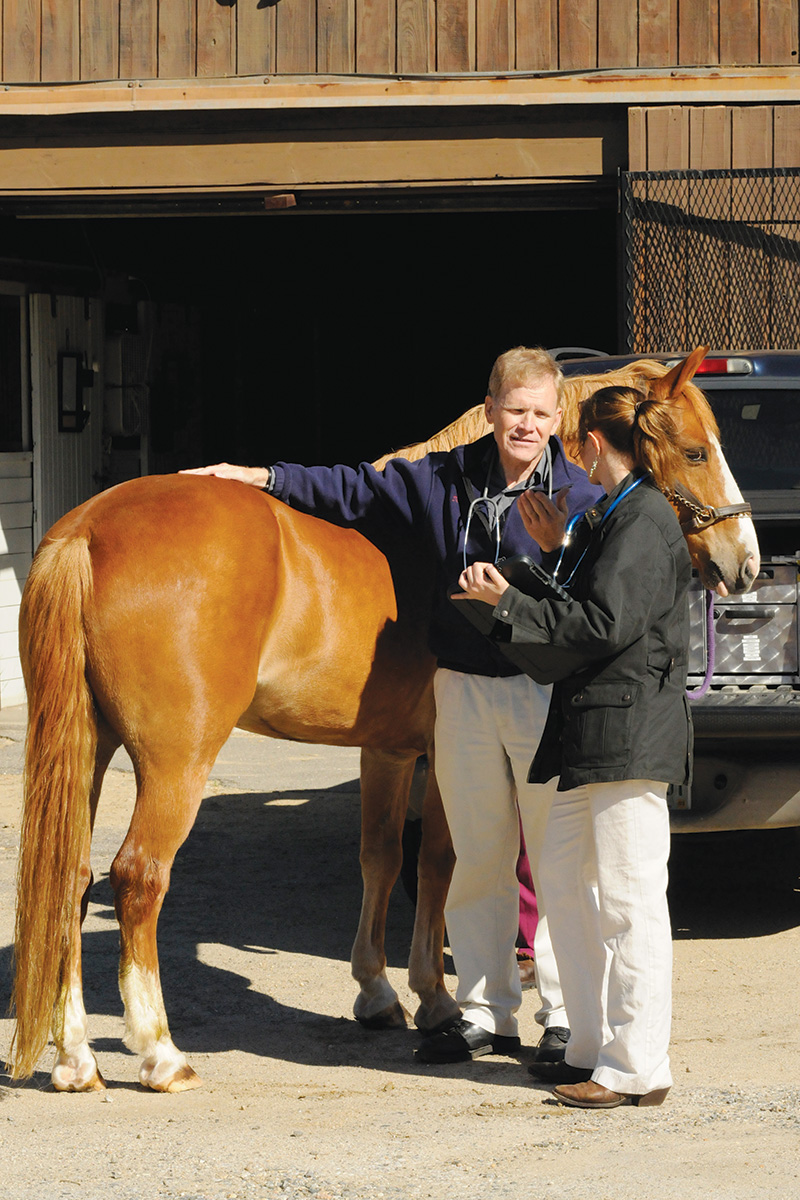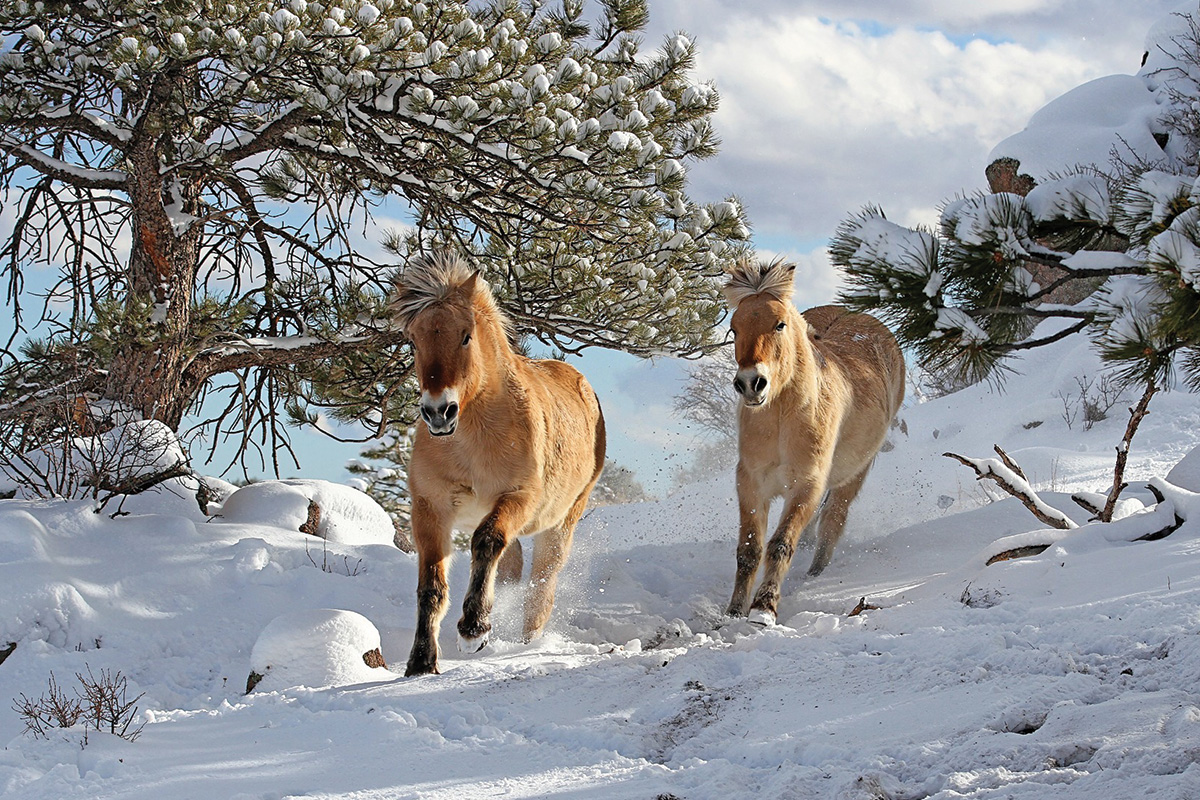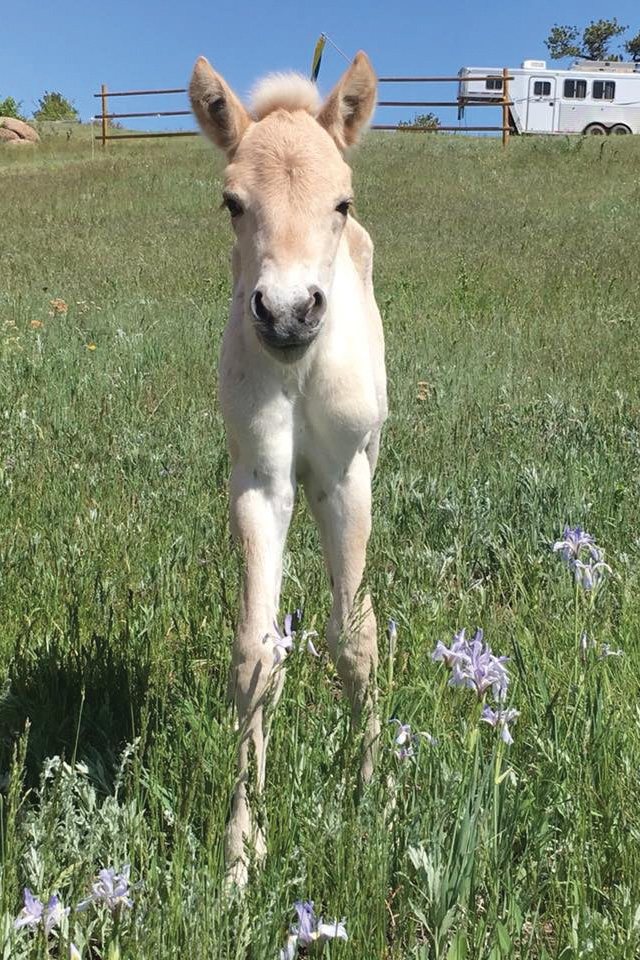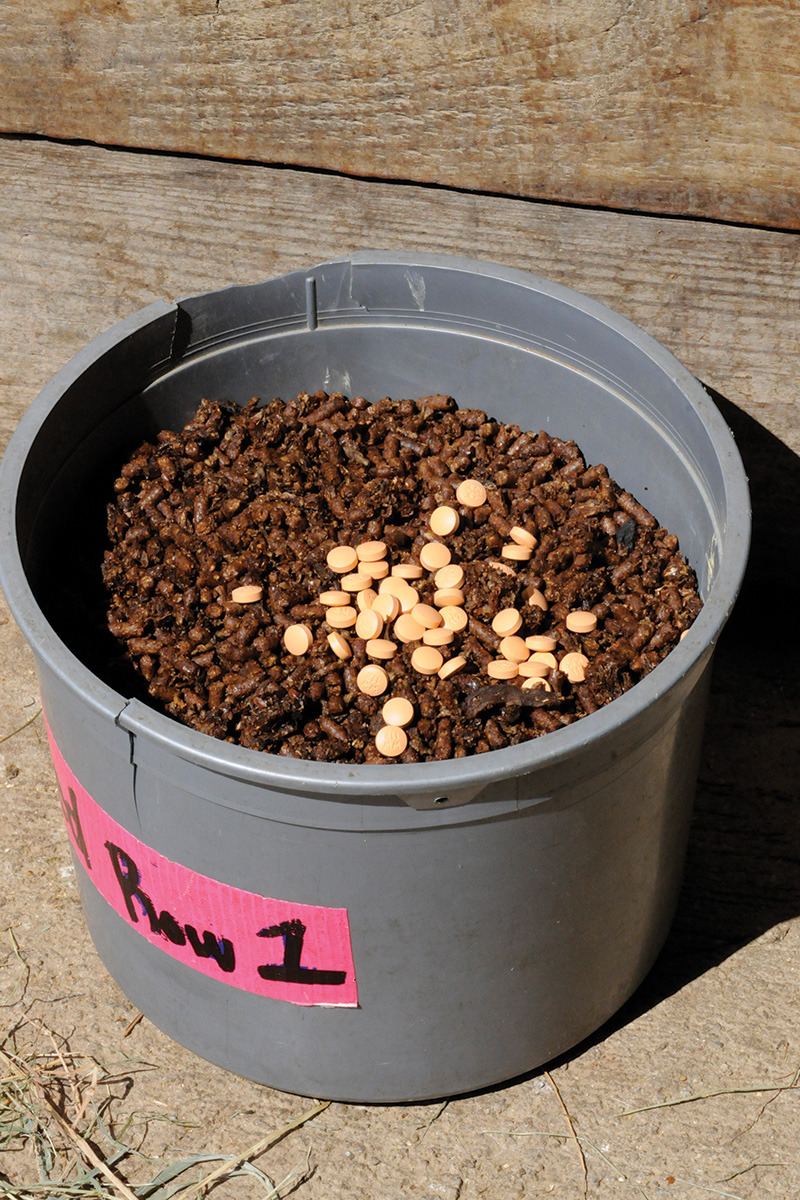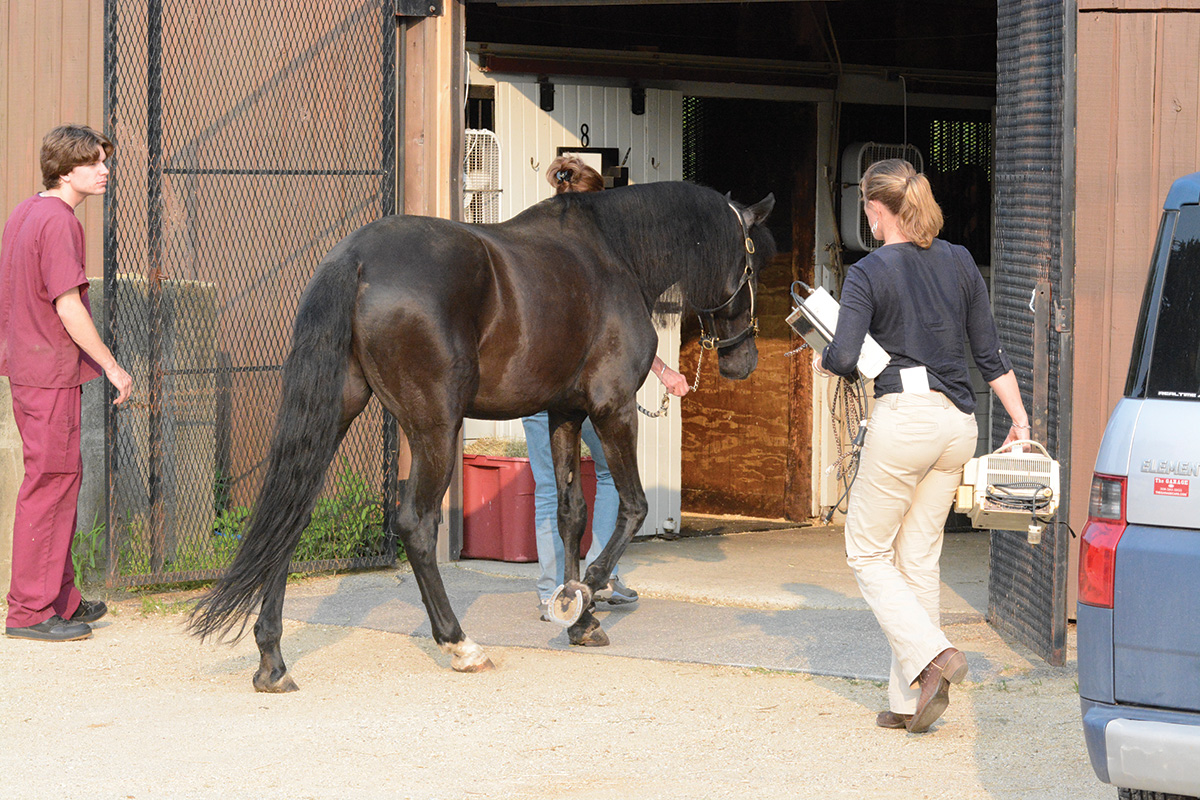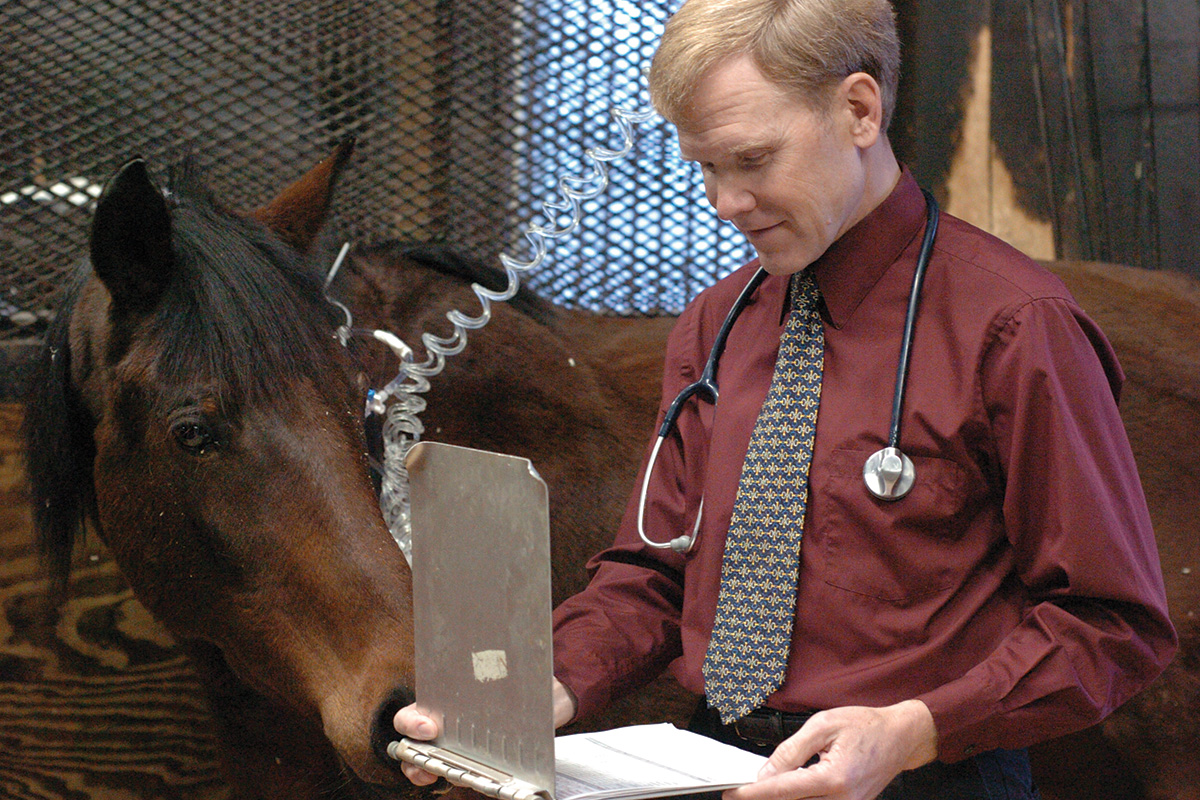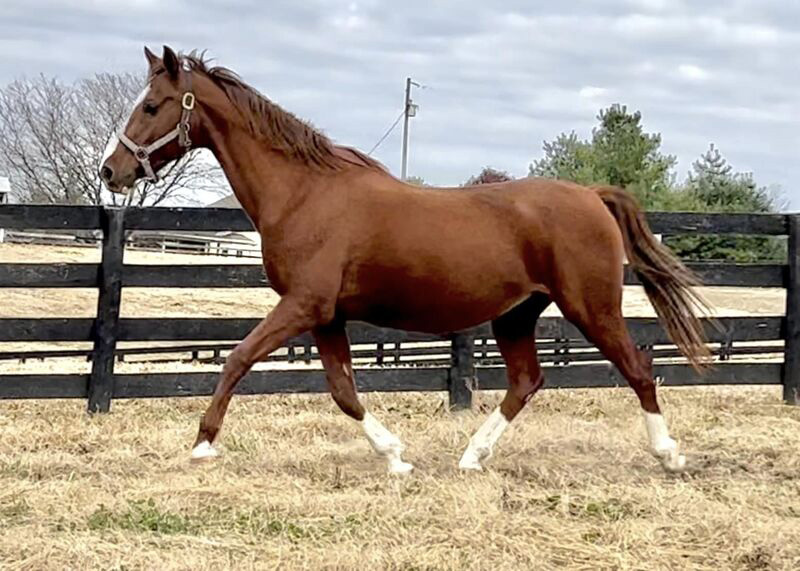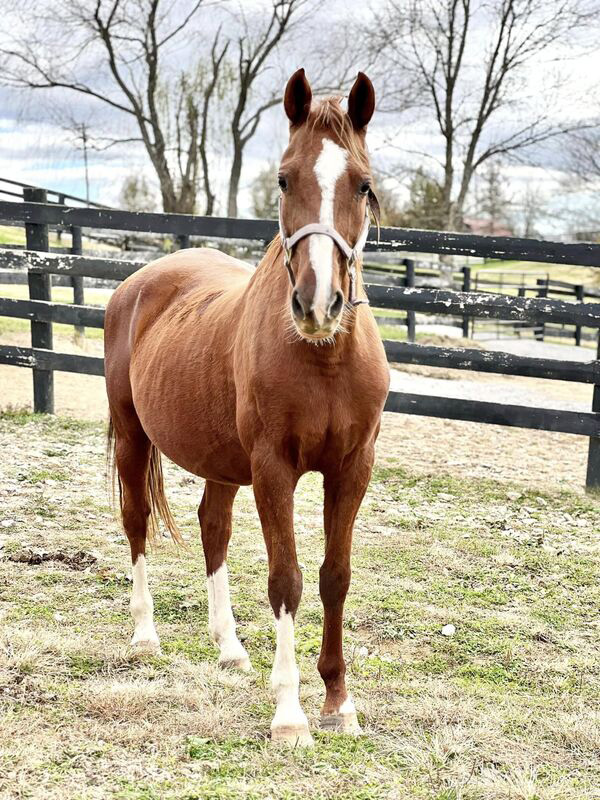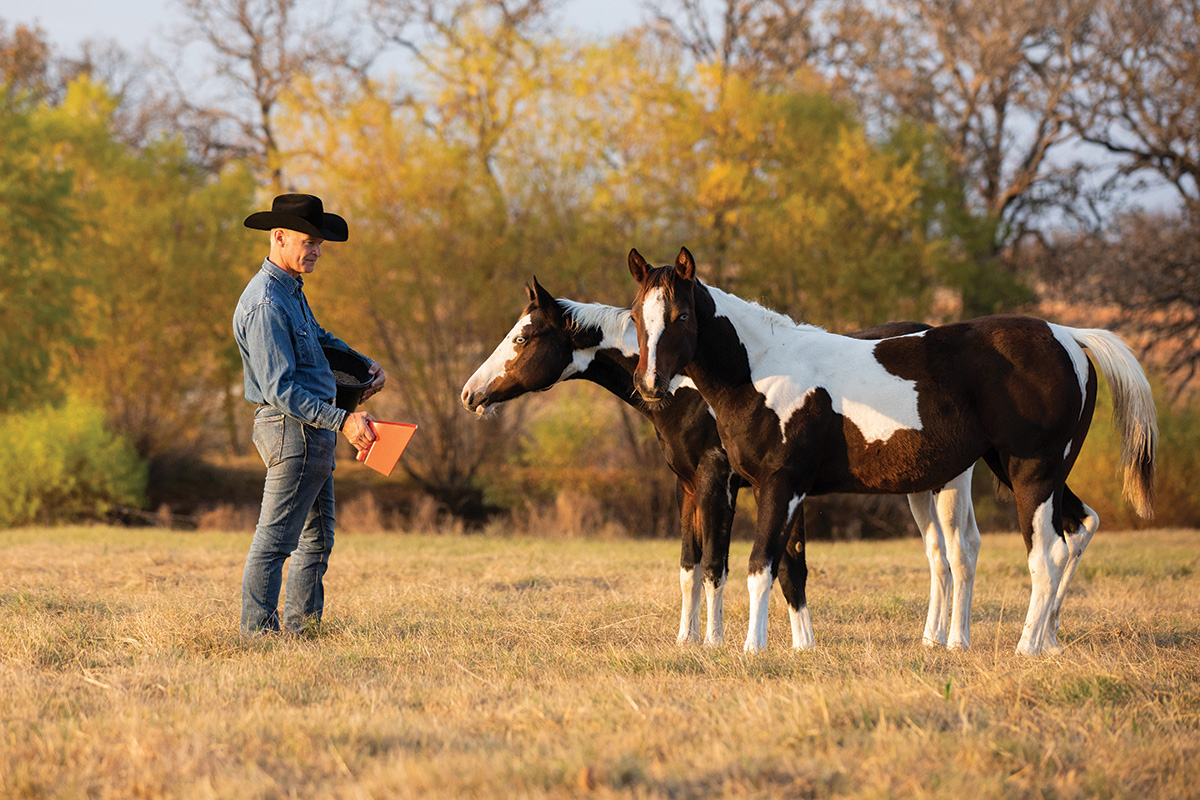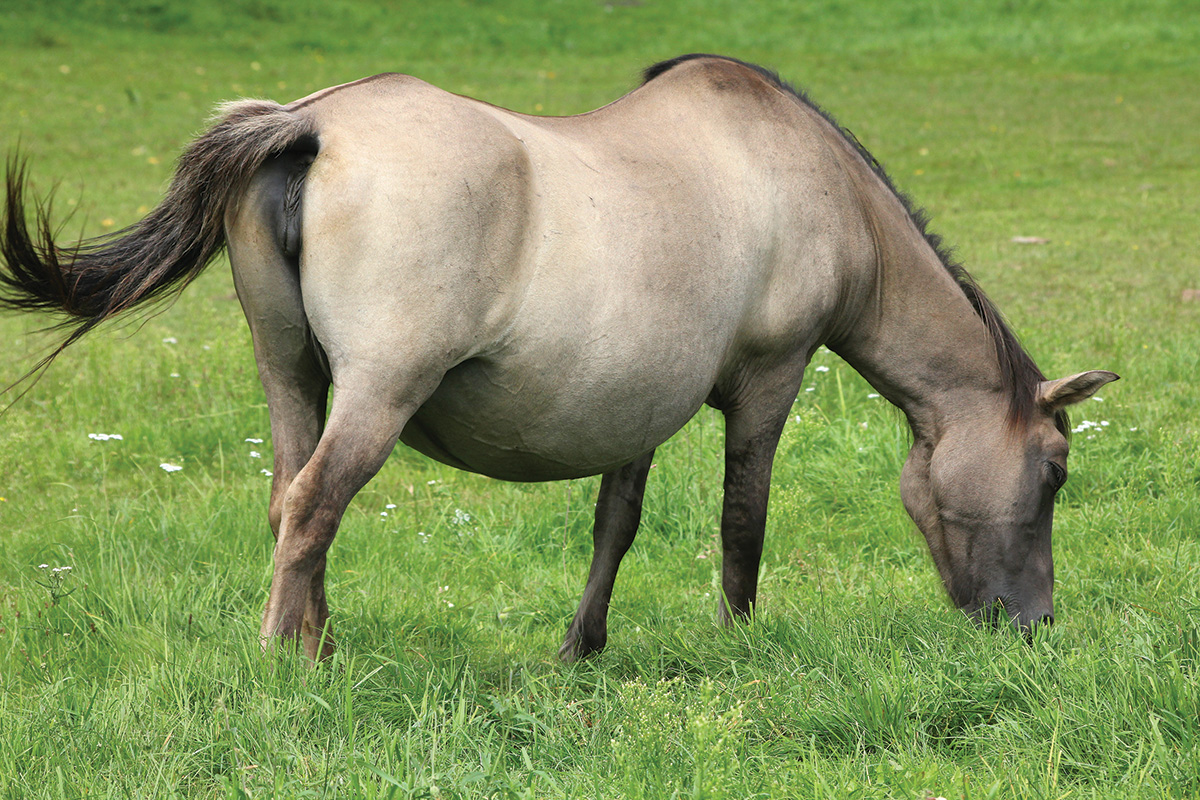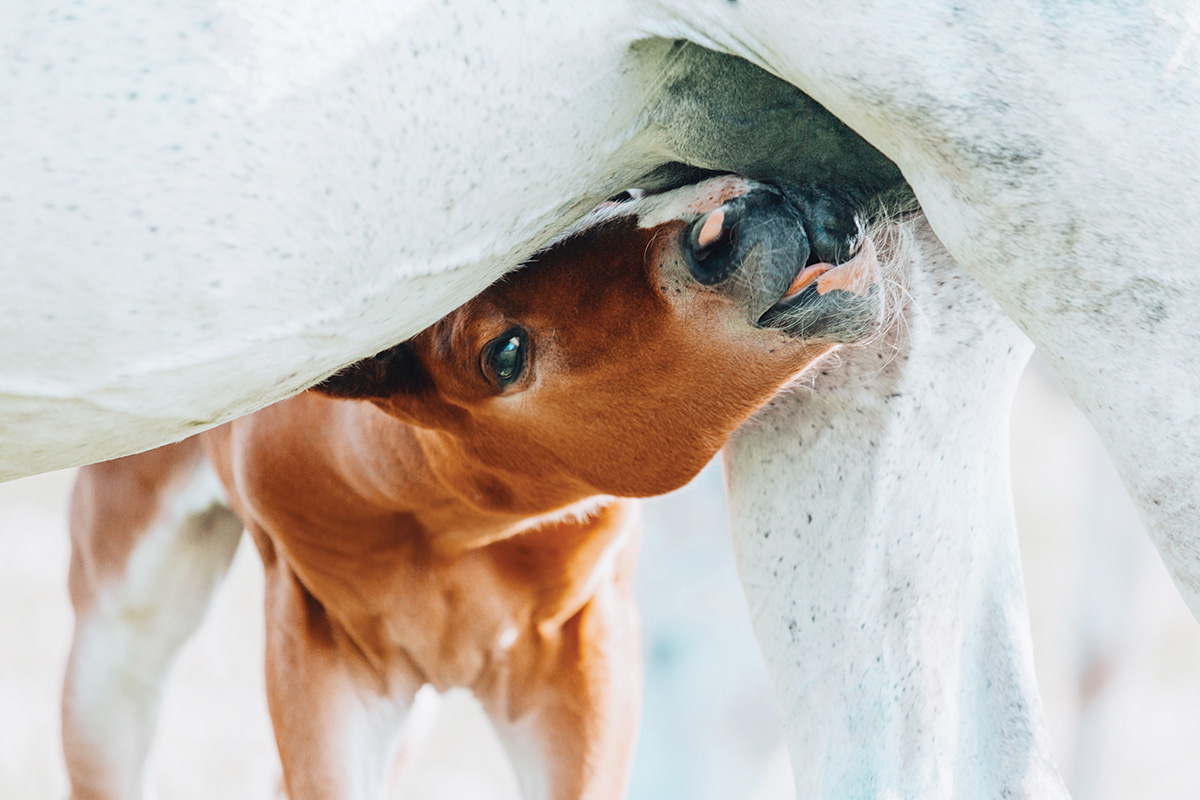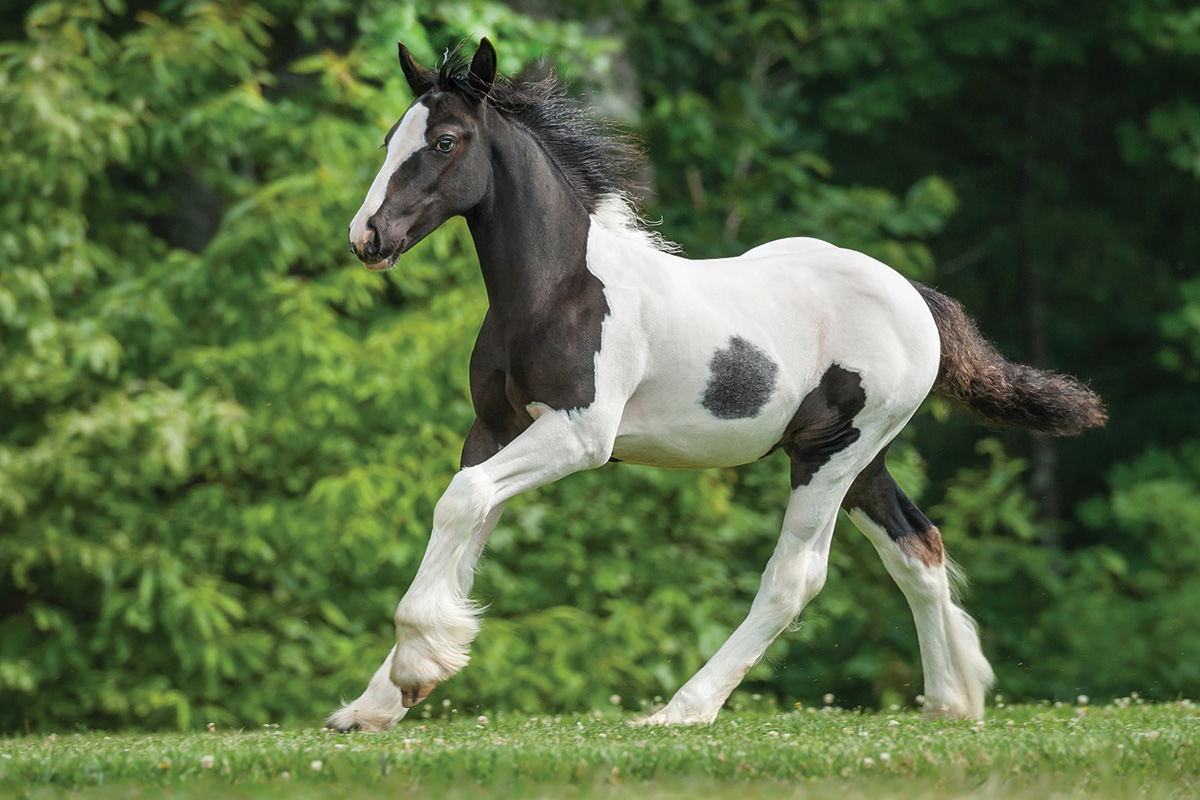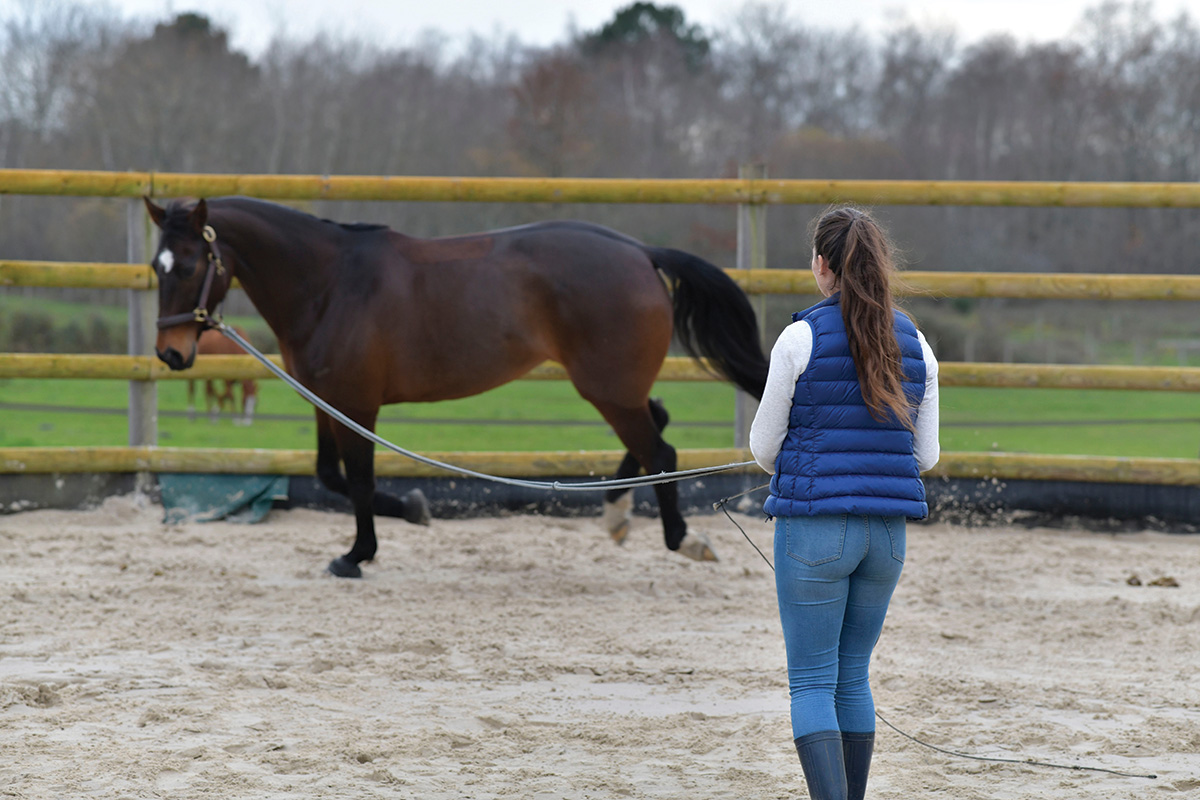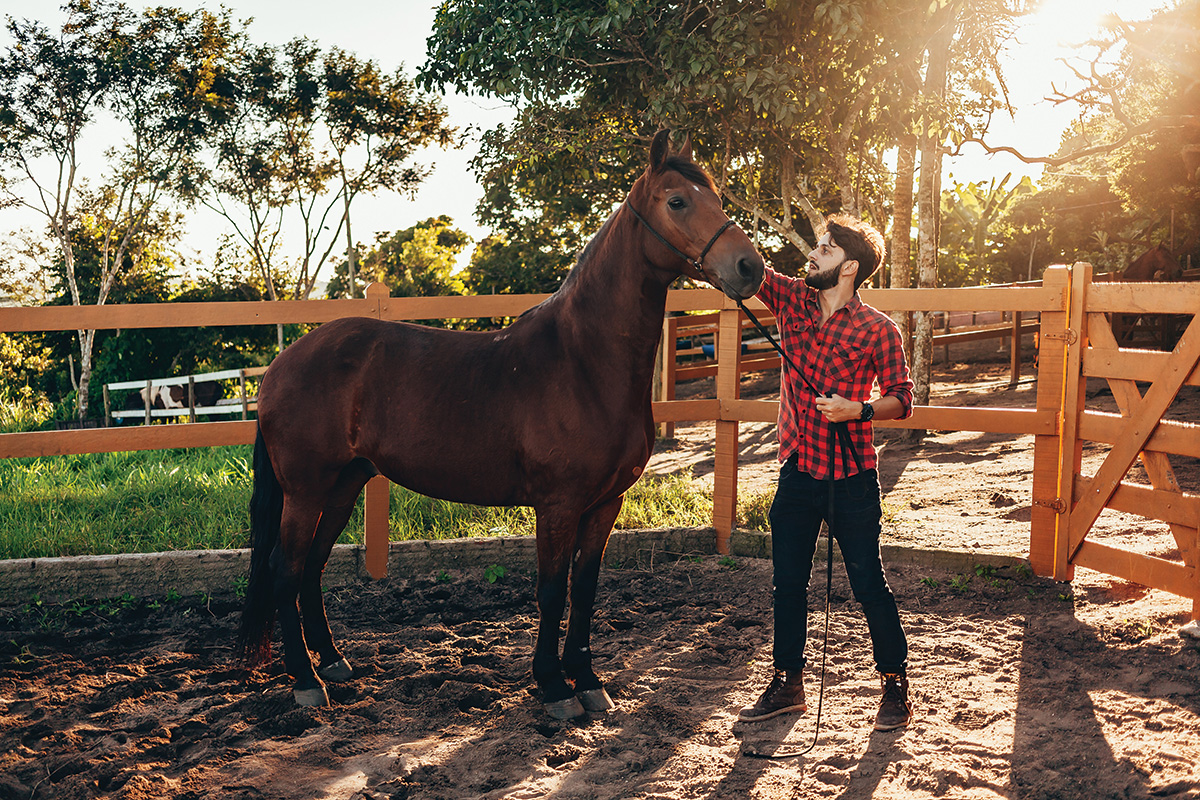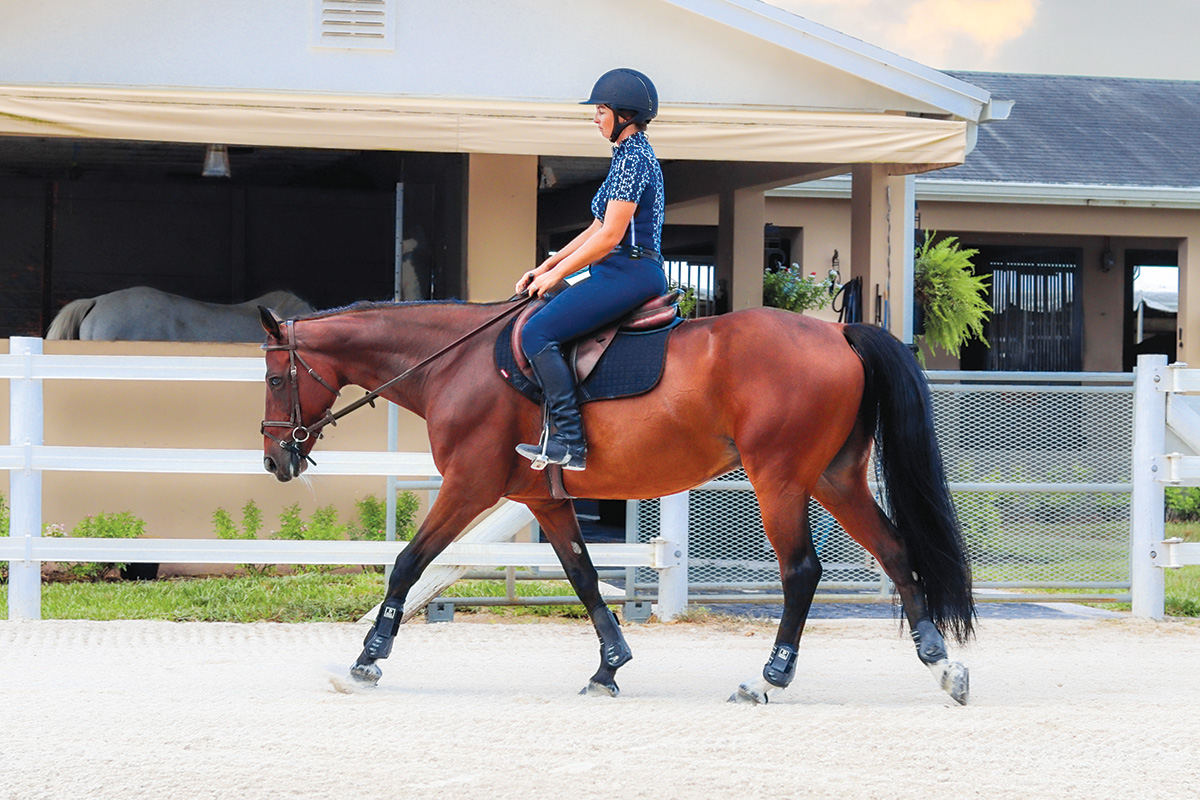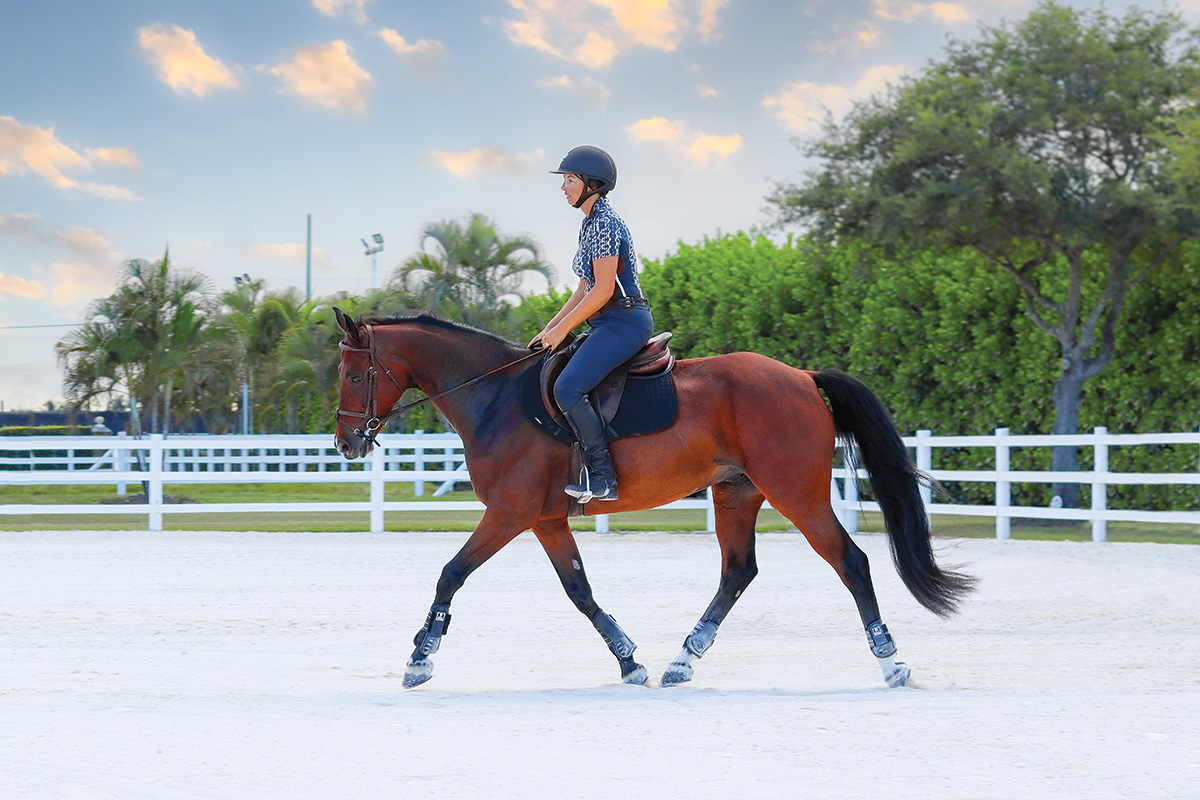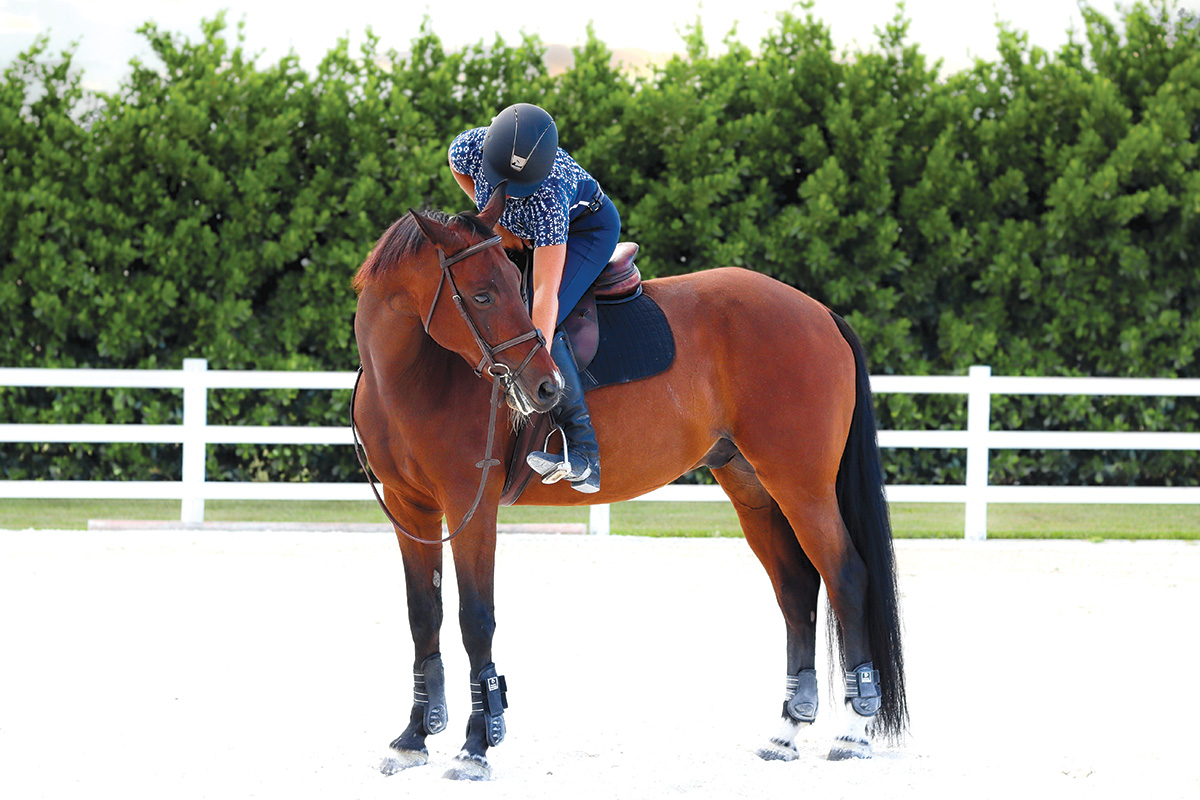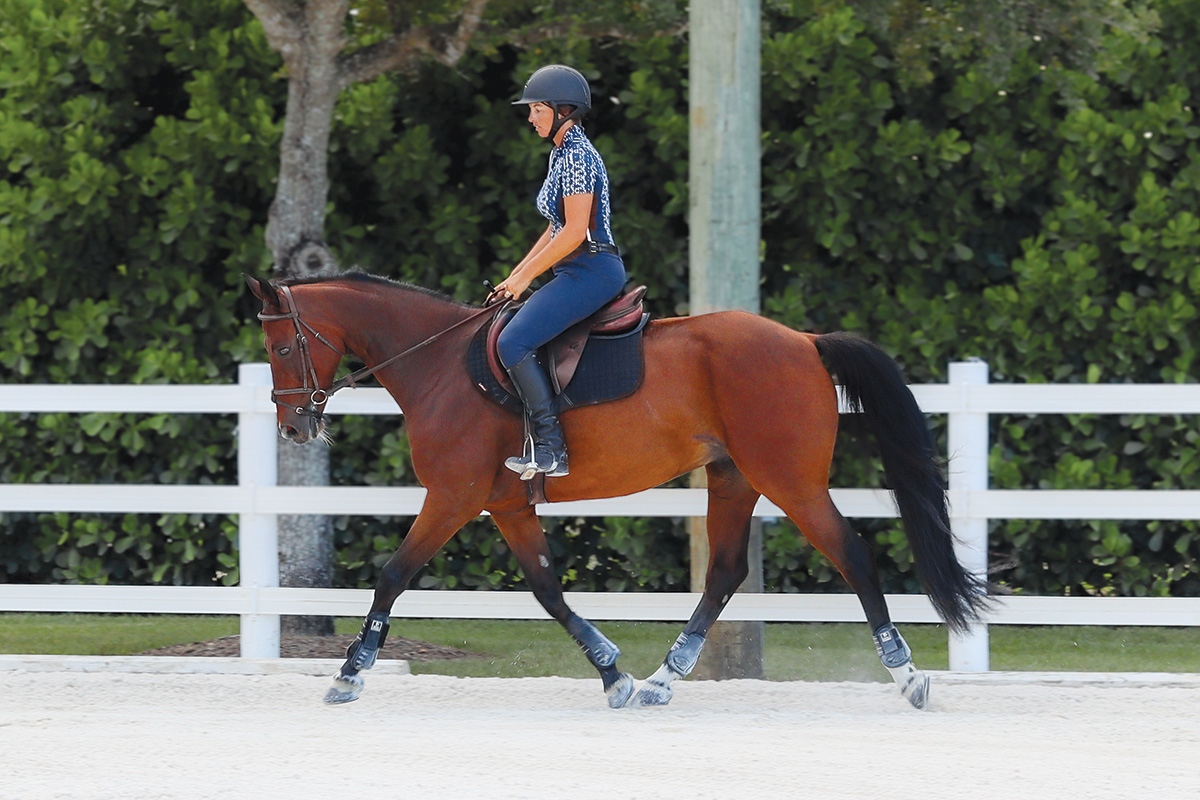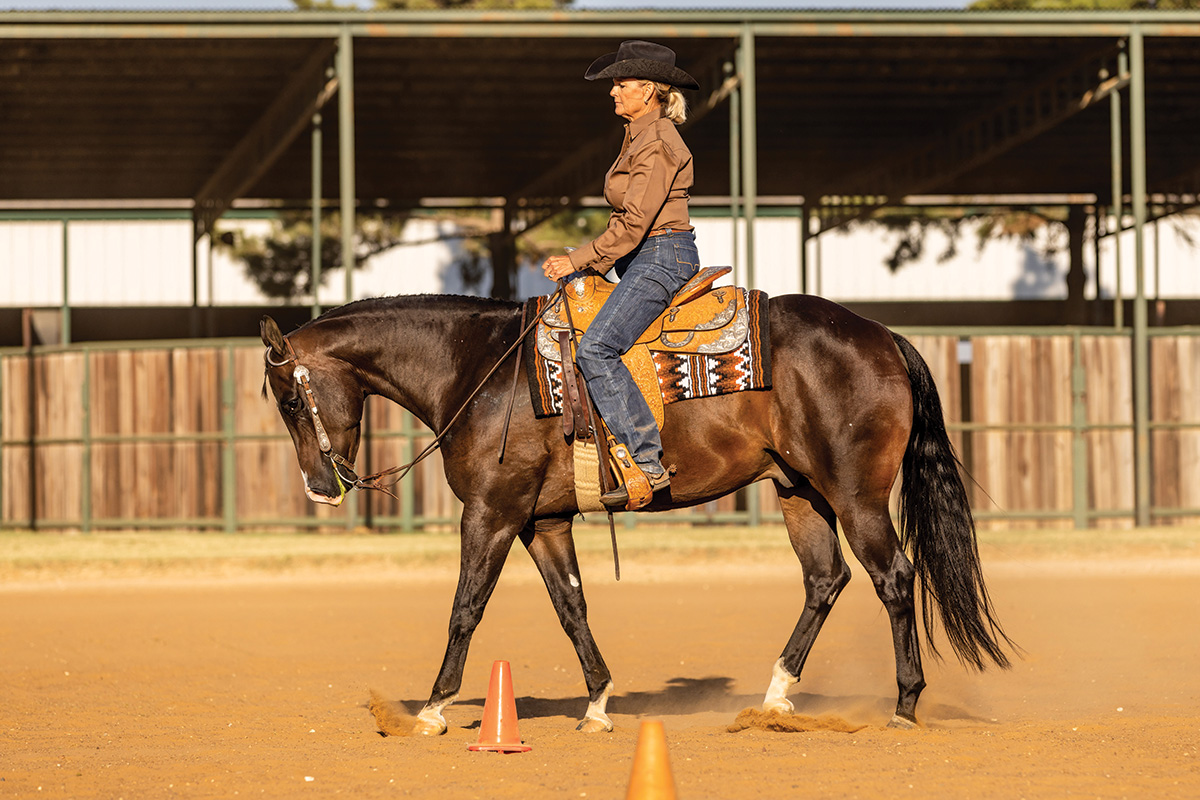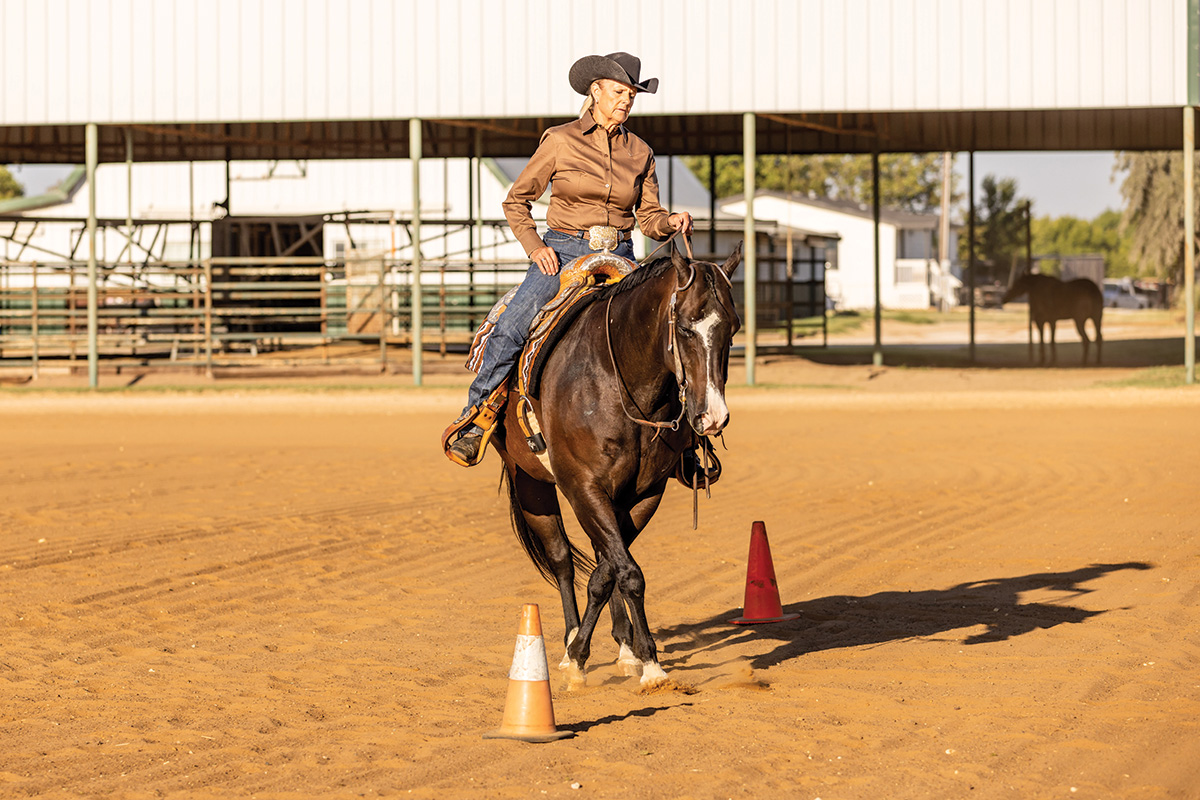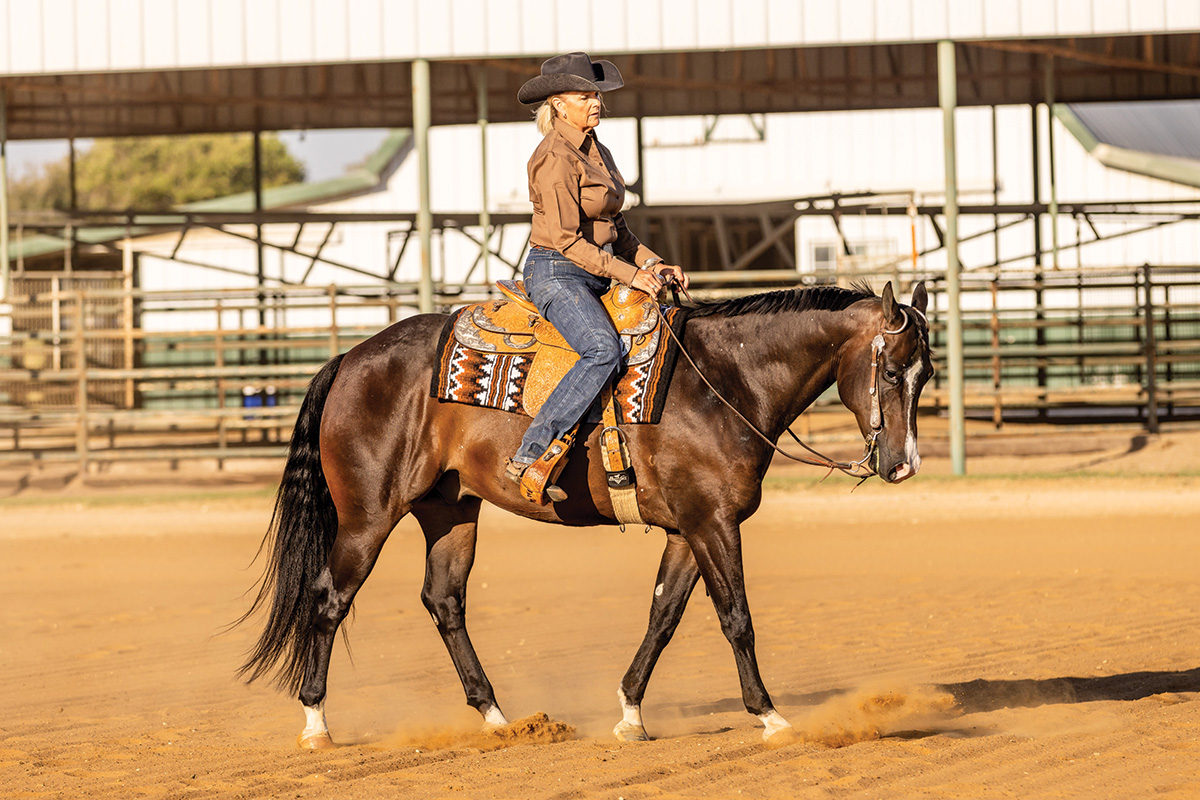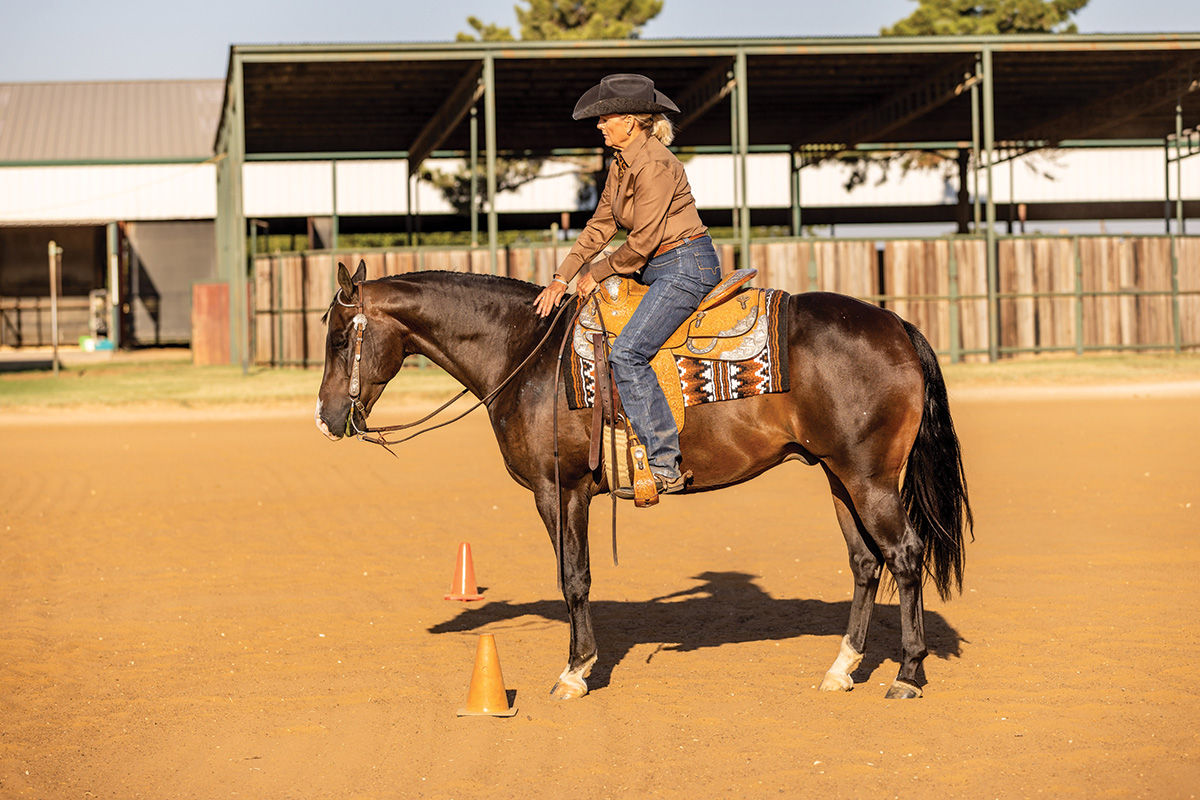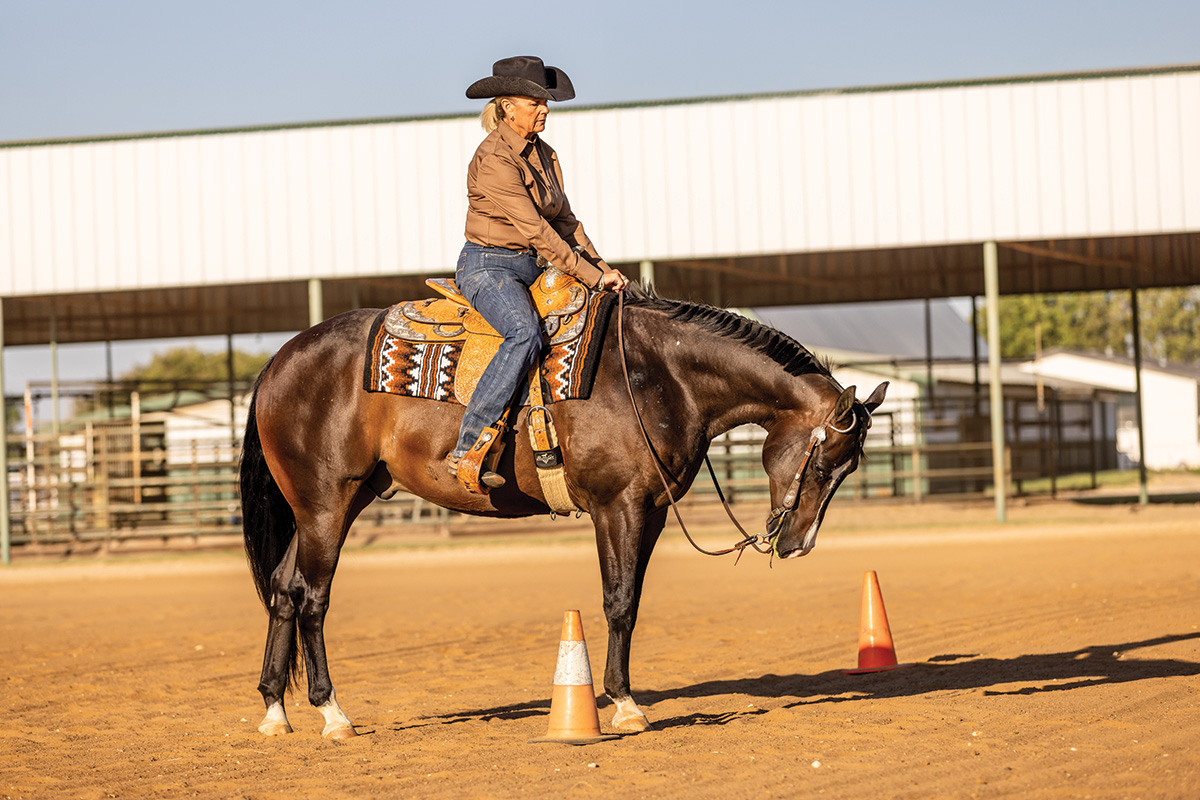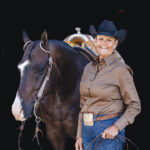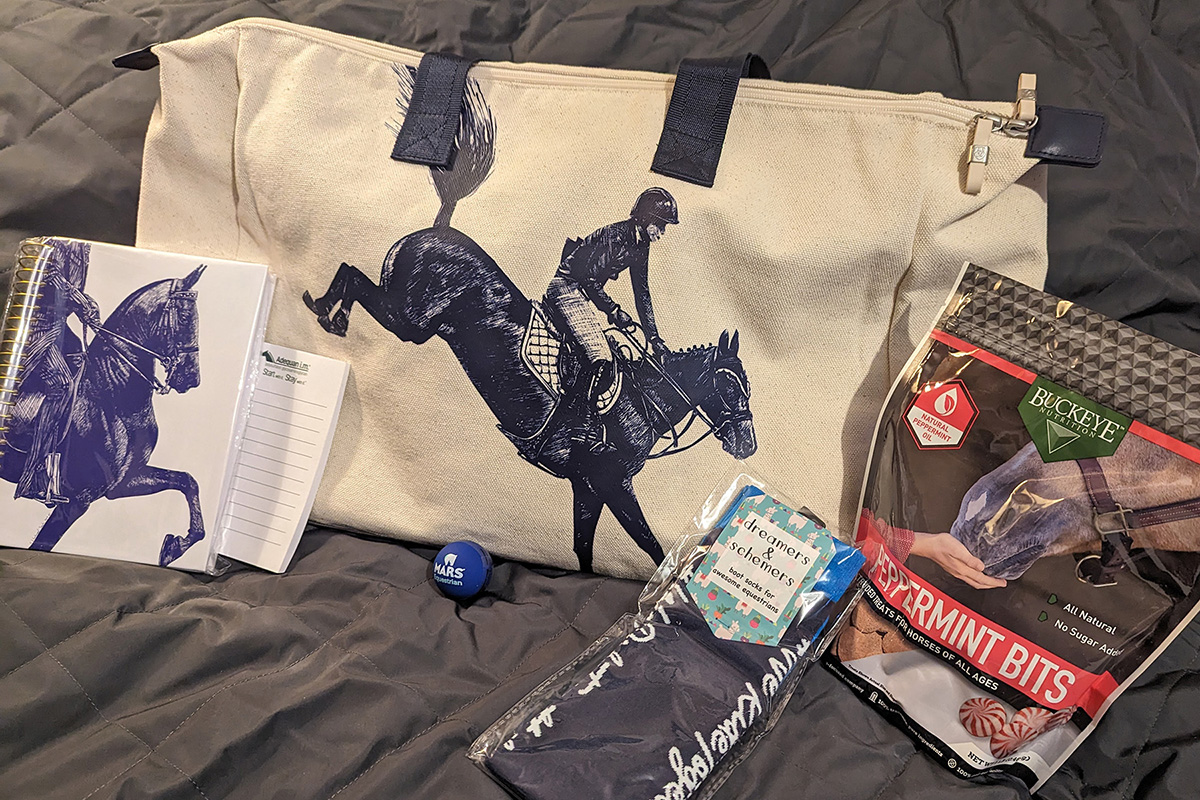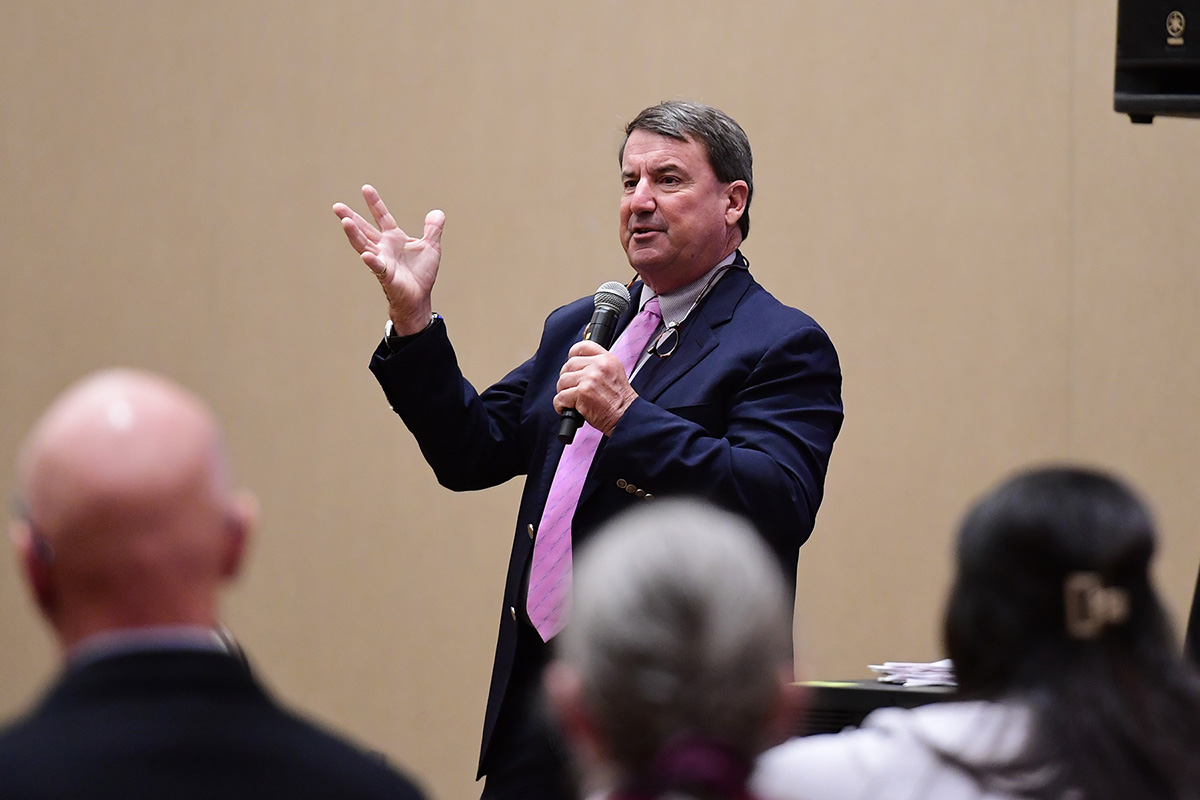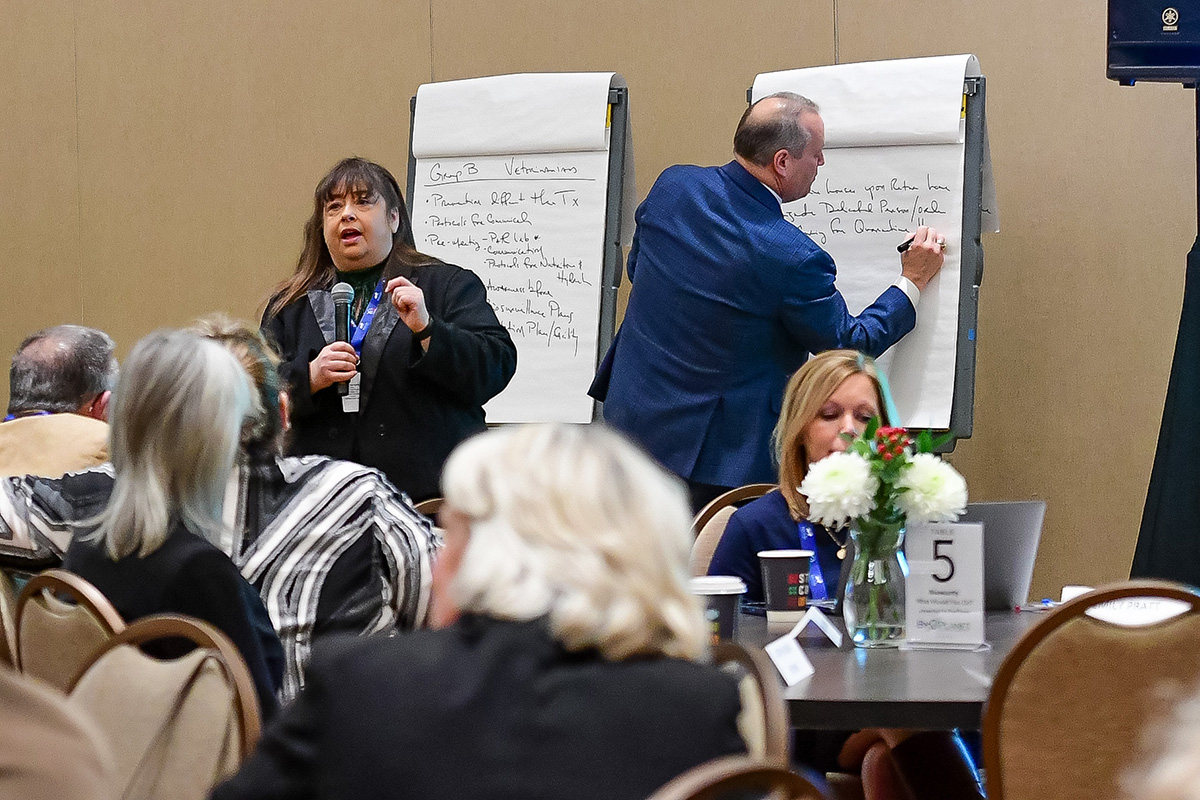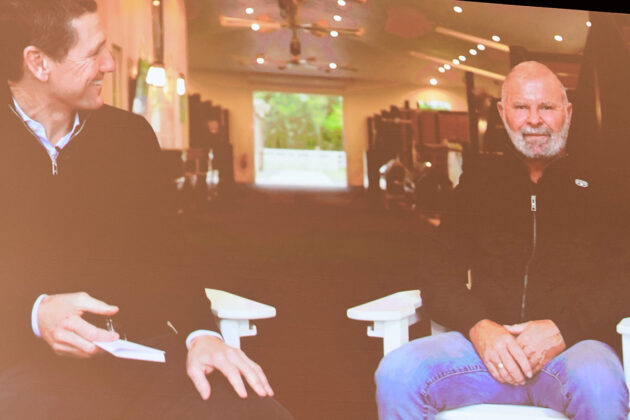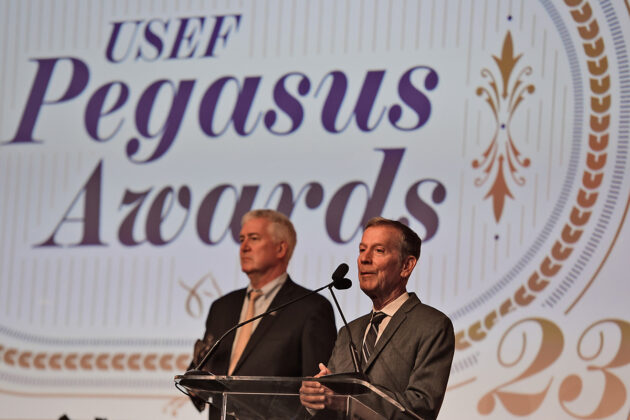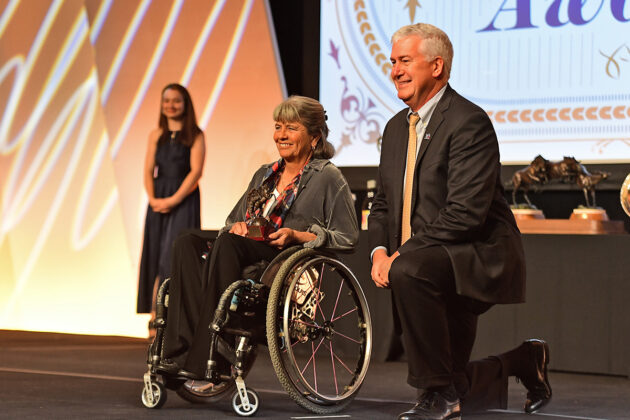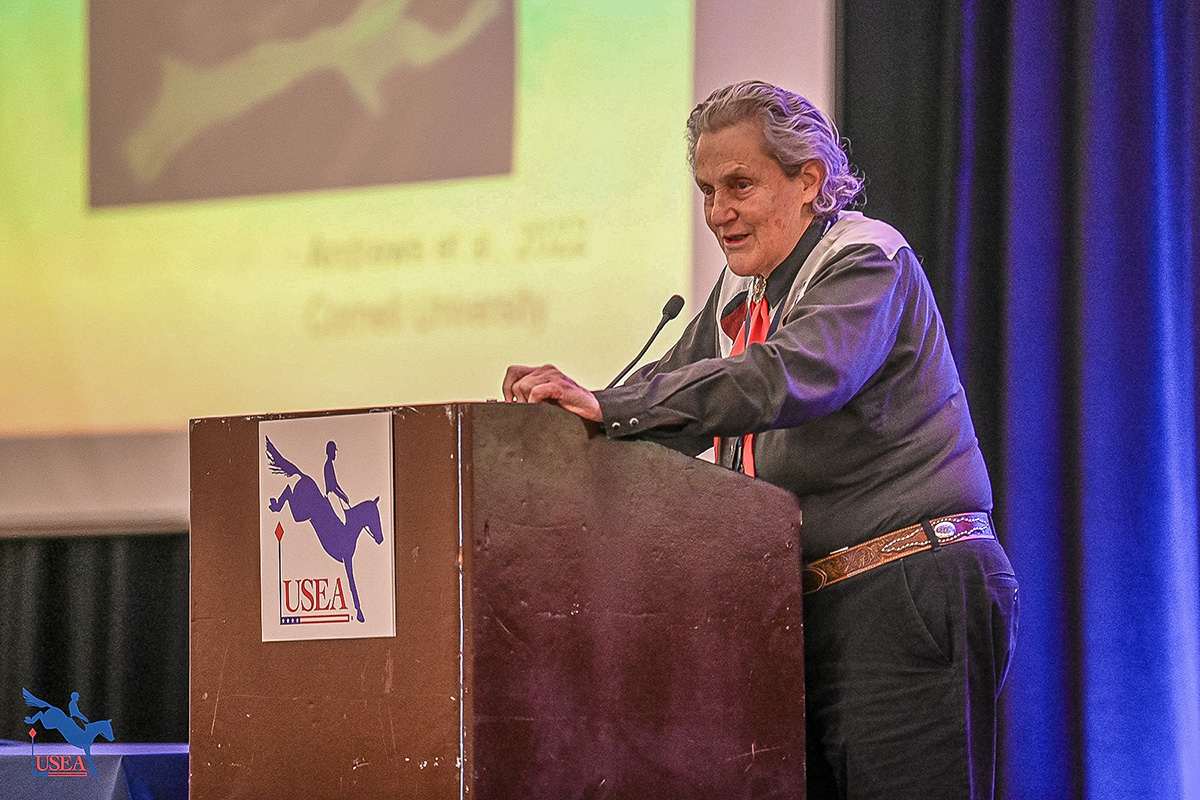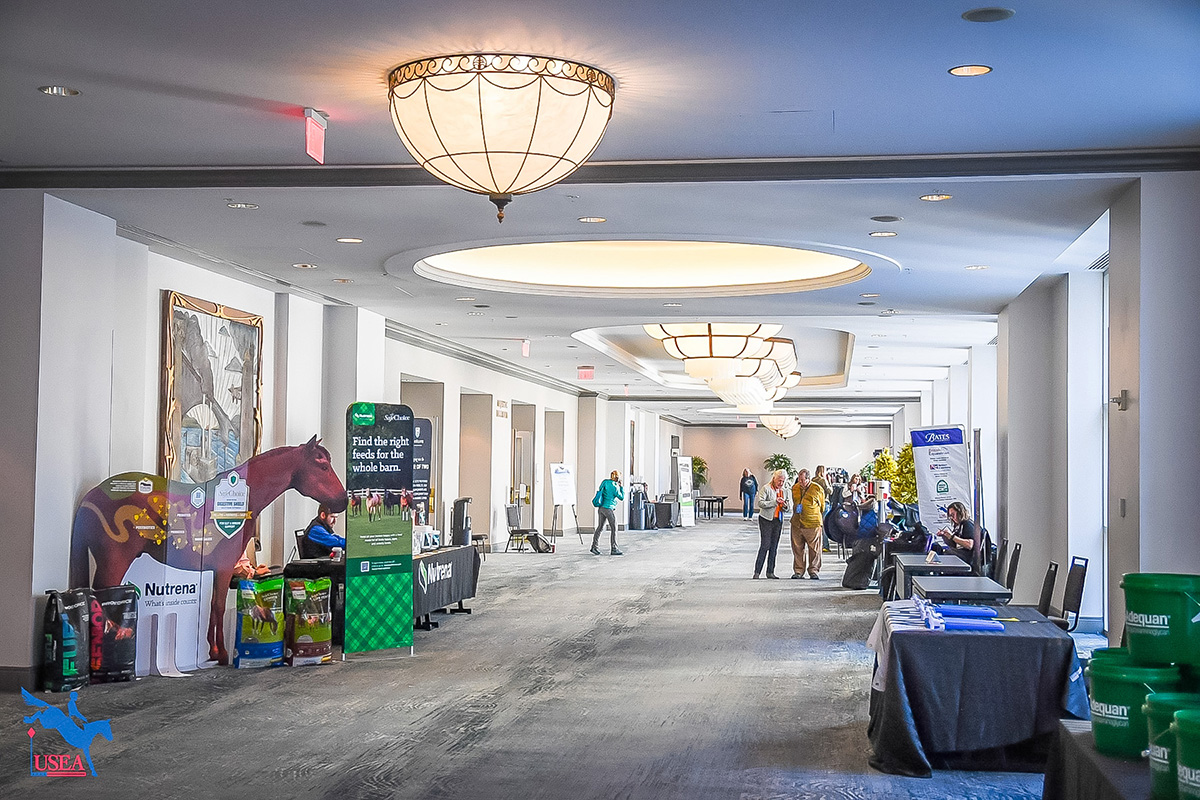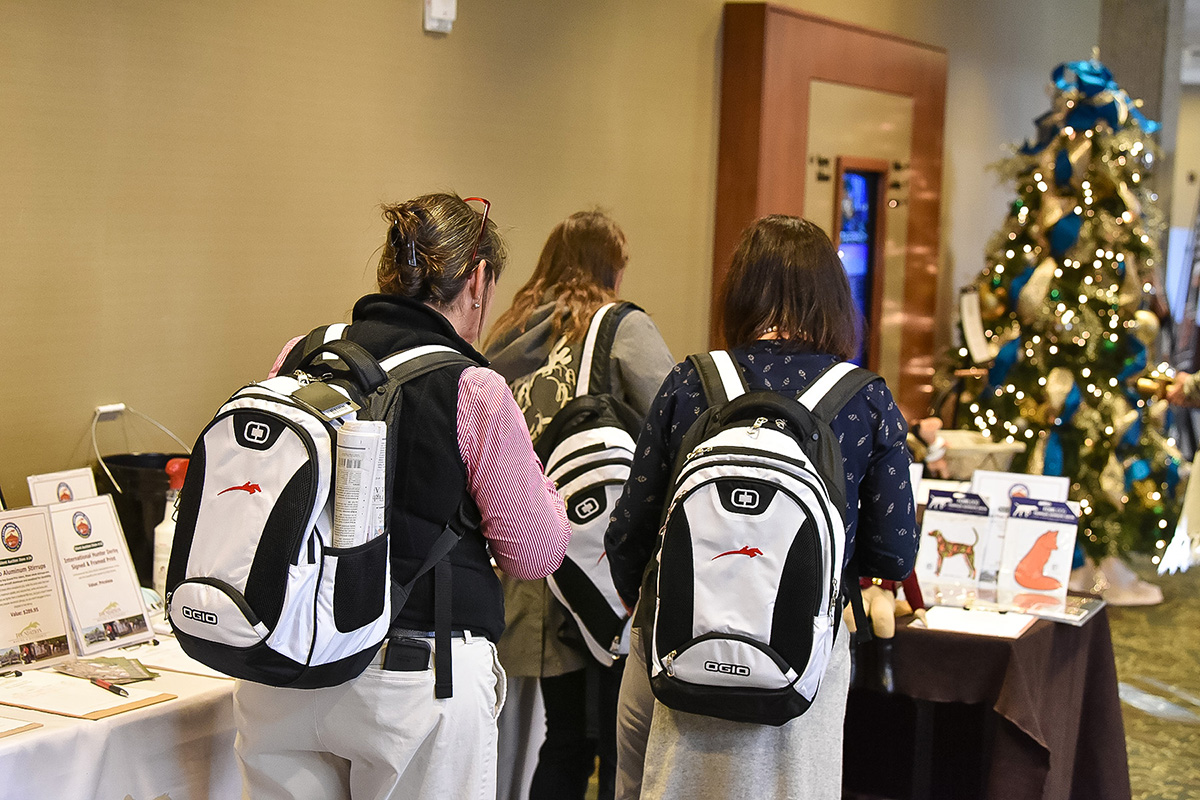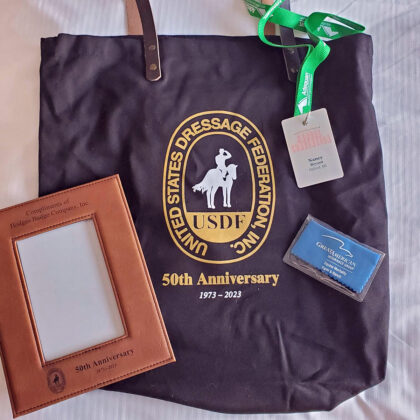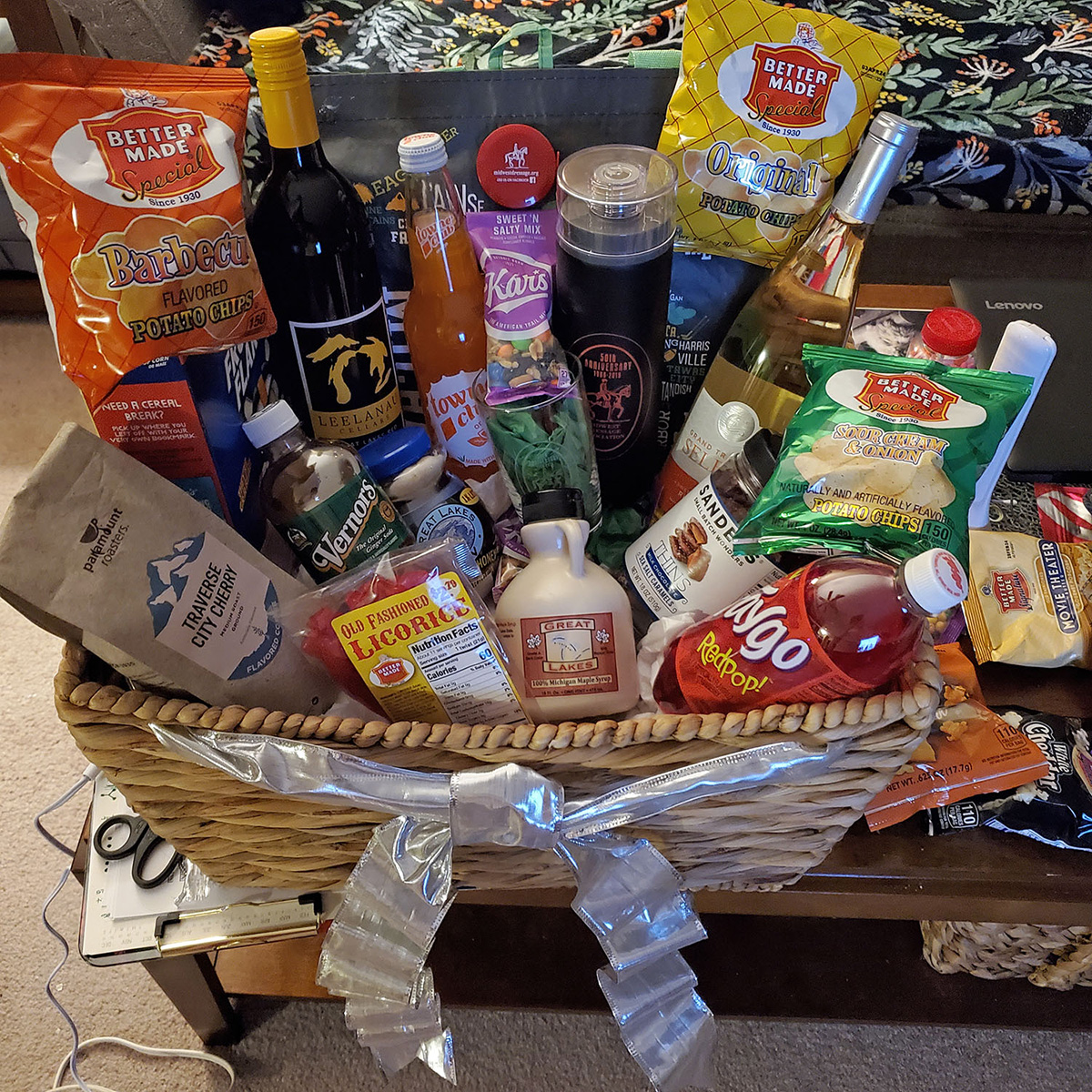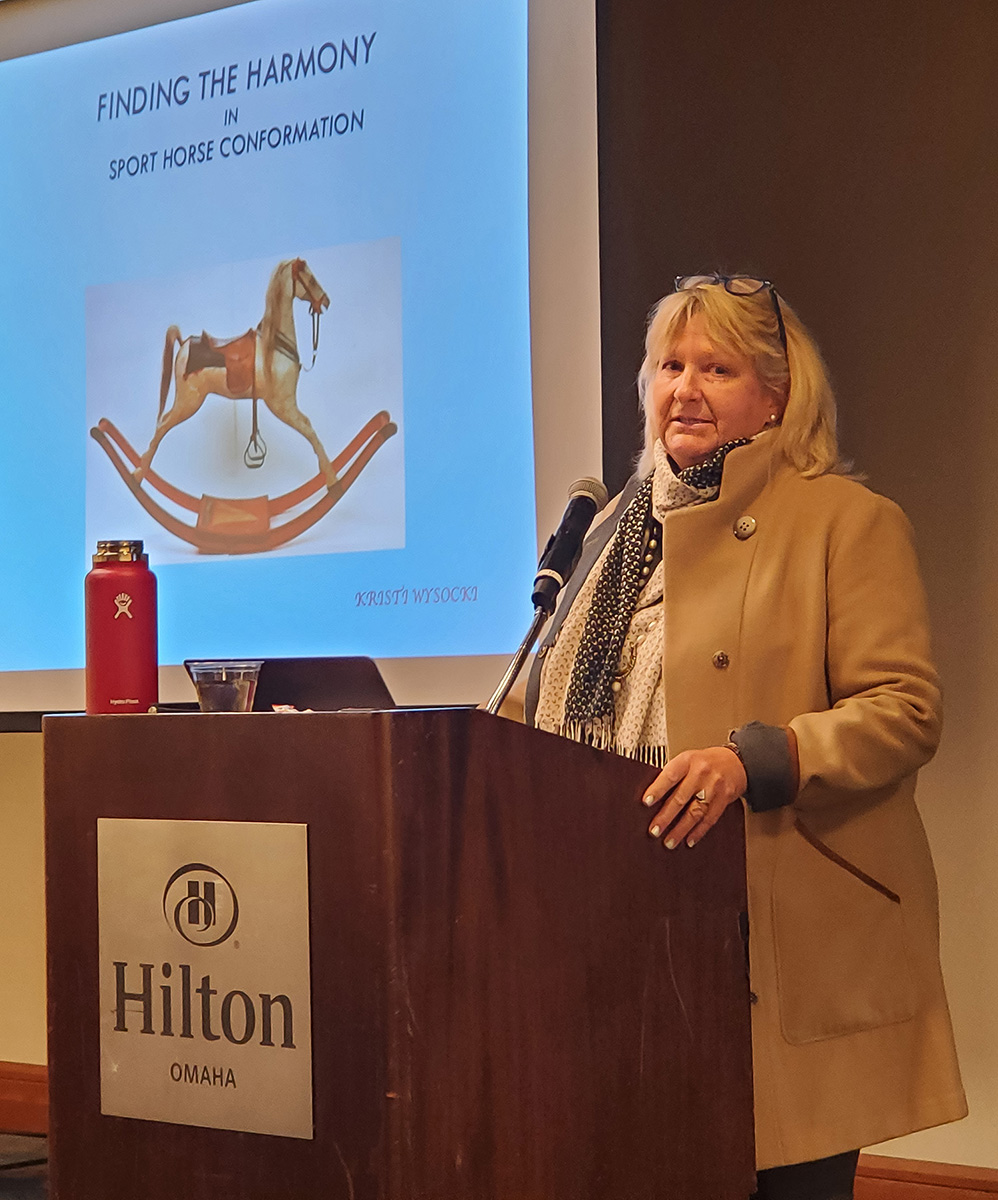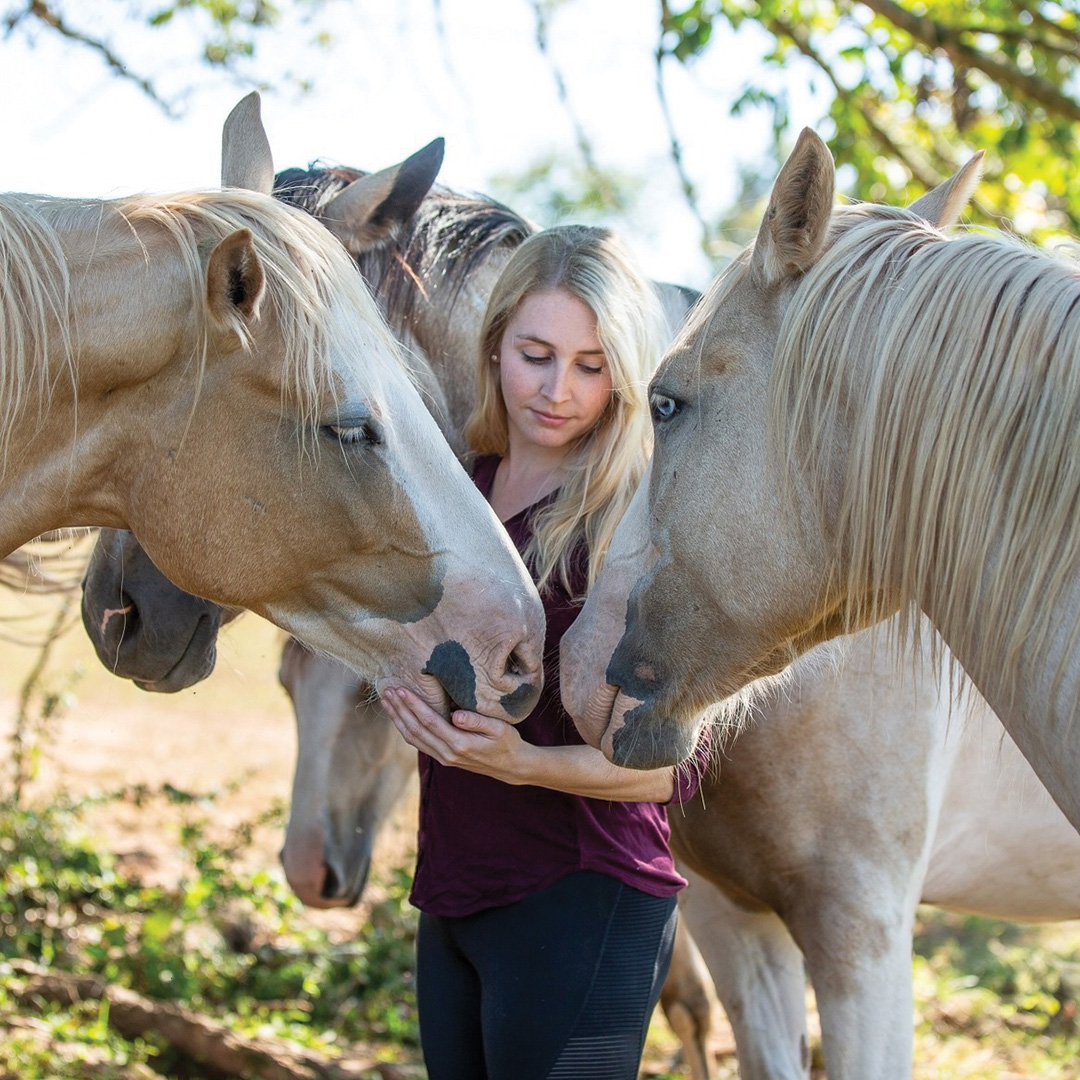
Most domesticated horses have human interaction from the start. As foals, they are groomed, taught to lead, and learn early on that humans are their friends. But when bringing a Mustang from the wild home to be your new equine companion, the rules aren’t the same. These horses don’t know how to have their feet picked, wear a halter, or accept a pat.
Chelsea Gammon started her nonprofit, Folly & Friends Mustang Sanctuary, in Birdsboro, Pa., after adopting her first Mustang, Folly, and discovering how much the breed had to offer. She now provides a home for many permanent residents and holds programs to teach the public about the breed and their unique personalities and needs.
Gammon also facilitates in gentling Mustangs for potential adopters to help as many of the horses find homes as she can. When she isn’t busy with the herd, she fox hunts—on Mustangs, of course!
We sat down with her to learn more about how she got started with Mustangs and to get her tips if you are considering the breed for yourself.
What prompted you to start Folly & Friends Mustang Sanctuary?
CG: It was kind of an accident that I happened upon Mustangs. I previously worked with off-track Thoroughbreds, transitioning them from racehorses to sport horses. I sold some of my project horses and only had two living at my house, and they became very herd-bound, so I went looking for a little pony or something to keep them company.
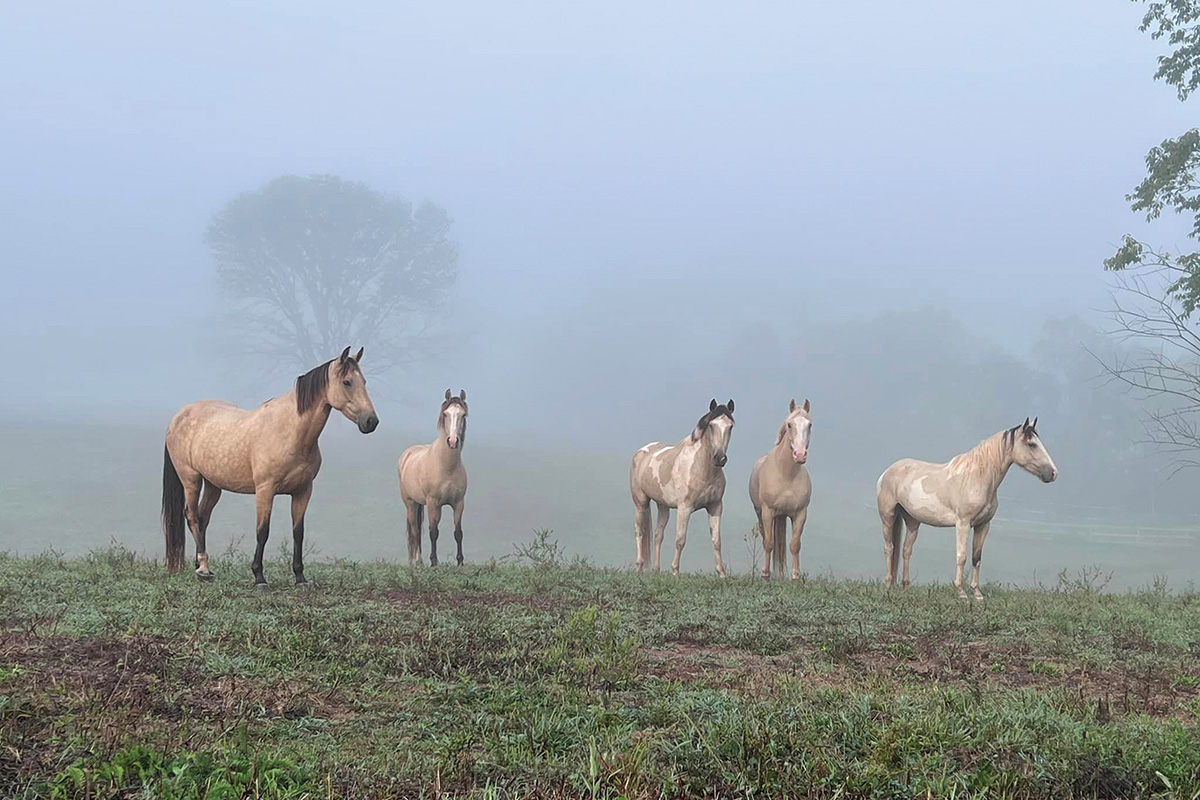
I just happened to find the Bureau of Land Management’s adoption website, where they list a handful of Mustangs. I saw a little dappled palomino, who I named Folly—no video, just a handful of photos—and I instantly fell in love.
I then had less than two weeks to figure out how I was going to bring her home. You need 6-foot-tall fences to be able to adopt a Mustang (and for good reason—they do often try to jump out at first). I had experience with very green horses, but not untouched horses, so I found a Mustang trainer in Virginia and enlisted his help. He worked with Folly every Monday through Thursday, and then I went down every Friday through Sunday to learn what she was learning.
I was so impressed with how Folly came along that a couple years later, I started looking for a second Mustang. I found Luna on the same internet adoption that Folly came from. After winning Luna in the auction, a photographer sent me a photo of Luna in the wild, and I realized that a second buckskin in that photo was also at the same facility. She was emaciated and heavily pregnant. One of her legs was swollen and she was lame. I couldn’t leave her there, so I arranged hauling for her to ship home, too.
After working with another Mustang, Astra, who we trained to be a therapy horse for a friend, I realized this was something I was very passionate about. I loved it and I was fairly good at it. I began the process to start a charity—and adopted another Mustang during that process—and got our 501(c)(3) charity status.
Soon after, they rounded up Cedar Mountain horses again, and I came back with 14 of them. I kept four of them, and the rest went to other adopters.
It’s been a journey that I never really saw for myself, especially being from the East Coast, where Mustangs aren’t very common. But they are just so versatile with everything I’ve ever asked of them, and I want to promote the breed all over the United States and try to get more of them adopted.
There are more than 50,000 of them who are sitting in holding pens right now, and I want to do my part to provide permanent sanctuary for several and promote adoption and training of the breed.
Can you tell us a little about Folly, the namesake behind the organization?
CG: Folly was my first Mustang. She is from the Calico Mountains in Nevada, and is 14.1 on a tall day. For such a little horse, she has a bigger stride than anything I’ve ever ridden. She is sassy and gritty and the lead mare of our herd.
I named her Folly from a line in National Velvet: Velvet wants to enter the Grand National steeplechase race], and her mother gives her money that she won for being the first woman to swim the English Channel: “I too believe that everyone deserves one great piece of folly in their life.”
When I told my family and friends that I was going to be adopting an untouched wild Mustang, everyone thought I was crazy, and she was my one little bit of ‘folly.’ And it worked out.
I’ve done everything with her from trails and dressage to show jumping and eventing. She’s given lead-line rides to kids. But her favorite thing is fox hunting. I’m the field master of our first flight at our fox hunt with her now, and she loves that job. She can run and jump as much as any of the other horses out there, and she doesn’t stop. She’s the most incredible horse I’ve ever owned.
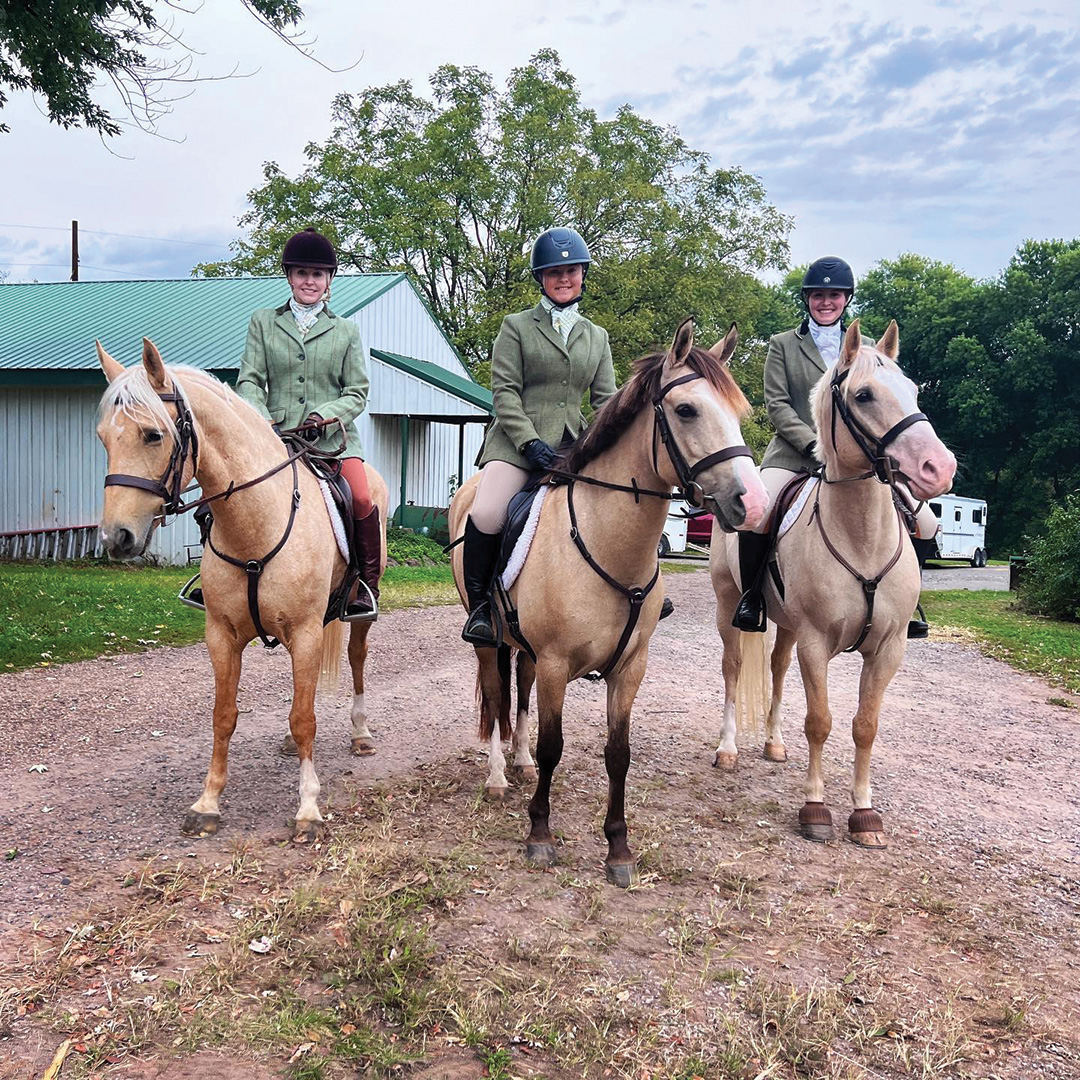
What attracted you to Mustangs as a breed?
CG: There’s a Mustang out there for pretty much anything you want to do. Each herd has different breeds that influence the horses, so you have larger ones in Oregon (15-16 hands). Horses who pulled on the Oregon Trail ended up there, as well as some cavalry horses, so they’re a lot bigger.
Then you have the more gritty Nevada and Utah horses. There’s a herd called Pine Nut, and some of those are 12 hands. Then the Kigers have more direct Spanish influence.
There are a lot that look more like sport horses and have proven that they are great for sport horse work. They are very versatile no matter how they are built, and seem to be able to do pretty much anything you ask of them.
They are extremely intelligent in a way I haven’t seen in domestic horses. I don’t know if that’s from their survival instincts, but it makes them try so hard once you gain their trust.
I also love working with them because they’re completely blank slates. You are installing every button on that horse yourself. I really like being able to do that myself, and they come along so quickly once you lay that foundation.
What should you do before bringing a Mustang home?
CG: You need at least 6-foot-tall fencing and a pen that is at least 20’x20’ with an attached 12’x12’ shelter. You can expect to not be able to touch them right away or have them haltered for a little bit.
When I bring them home, I let them go in and check everything out, get a bite to eat and drink, and then I’ll go in and start with an approach and release method. Sometimes just being in the pen sets them off, so as soon as they stop running around, I’ll back up or leave the pen.
Eventually I can take the pressure away when they turn to look at me. I start to build a language with them where they understand that when they give the right answer, the pressure goes away. It builds to them starting to reach out to sniff my hand.
Having this language that you can use for all their other training is very helpful. Once they understand treats, I can begin using positive reinforcement, too, by giving them treats as a reward.
Before you bring a horse home, make sure you are totally prepared. To get approved if you are adopting directly through the BLM, you have to make sure your facility requirements are up to par.
Have a plan for how you are going to gentle your Mustang and what methods you are most aligned with and want to use. The more tricks up your sleeve the better; they are all different and learn in their own ways.
Also, be honest about your capabilities. If you don’t want to dive right into the deep end and get a totally wild horse, you can get a TIP-trained horse (Trainer Incentive Program). If you want them to have a little more training than that, a lot of TIP trainers can be hired privately to start them under saddle, and there are lots of other Mustangs out there privately that are a little further along in their training.
The Mustang Makeovers are a good option for that; those horses have 90-100 days of training on them and are usually started under saddle, so you can have a green-broke horse.
What does it mean when a Mustang is “gentled”?
CG: We consider a horse “gentled” when you can halter, lead, brush them all over, pick up all four feet, and load them on a trailer. They are usually still a little wary of people at that point. You have to be aware of their body language and willing to put the work in to keep the horse progressing.
Once they are trained and love people, I find that my Mustangs are tamer than most domestic horses. People are shocked when they visit the sanctuary that the horses come up to them and want all the attention. They are just so sweet and puppy-like; I call them my Golden Retrievers.
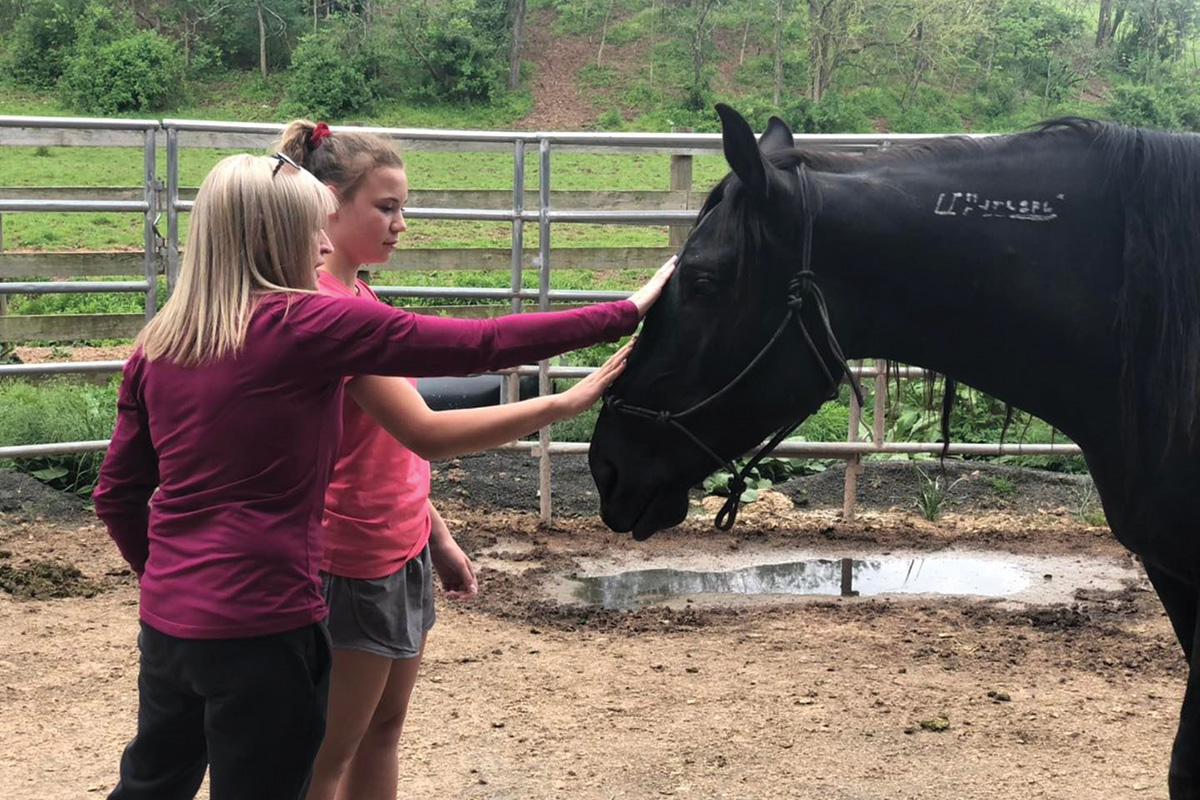
Can you tell us a little about your facility?
CG: We have an old bank barn with a large run-in. We usually only stall the horses when they eat or if we need to keep them in for some reason. But for the most part, they just come and go as they please. There is a stream in their field and a heated water tank in the winter, so they have options. When we have new Mustangs coming in, we use the 6-foot-tall pens until they can be caught and we aren’t worried about them jumping out, then they join the rest of the herd.
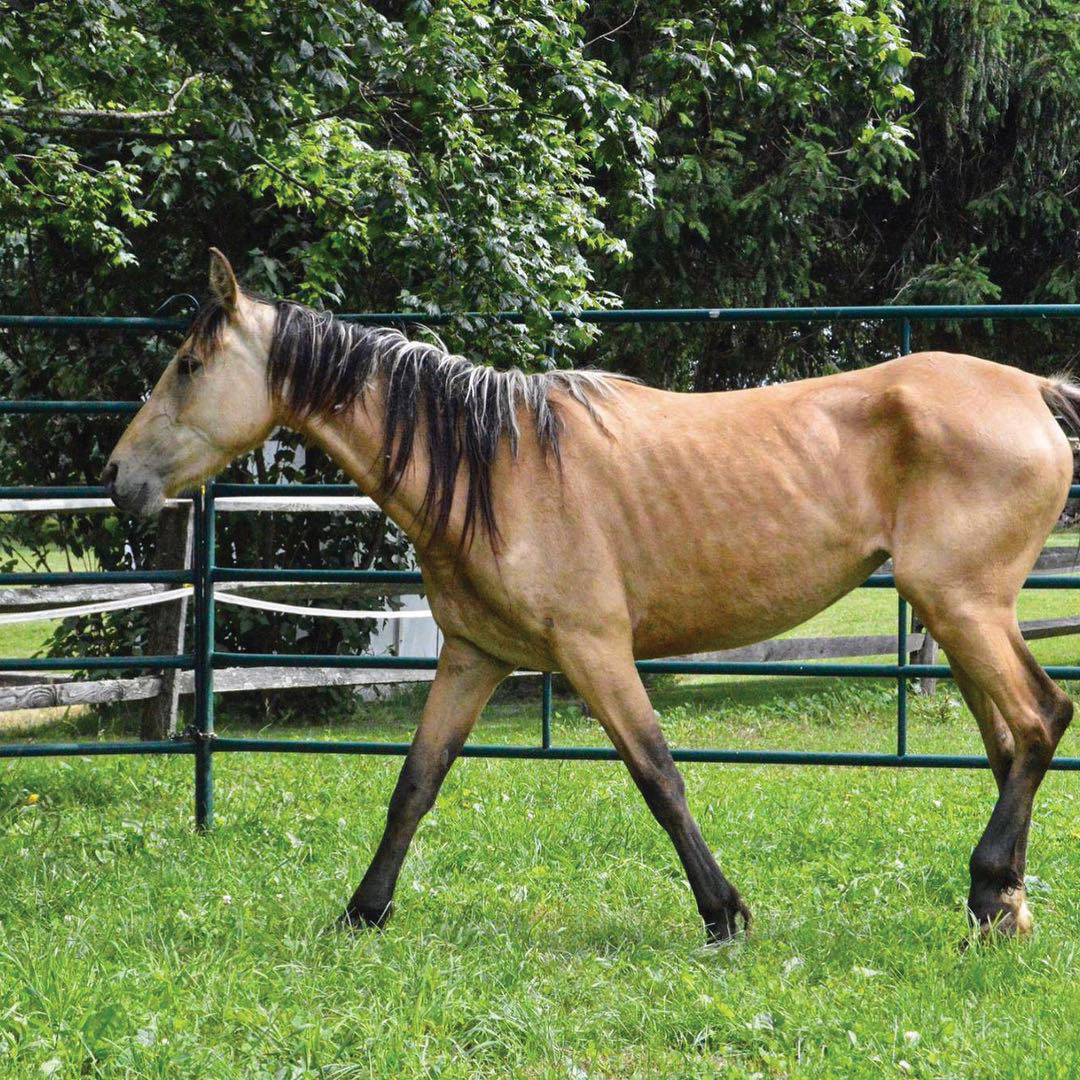
Right now, we have 10 permanent residents. Occasionally we get other untamed Mustangs in for training. My goal is to get the funding to fence in the back of the property and then take in an additional eight Mustangs, whether they be permanent residents or to give space to bring more in for training.
We have visitors come to interact with the trained horses, and we also hold different programs. We’ve had veterans come out, special needs kids, people from a women’s center. I really like to promote Mustangs’ versatility as riding horses. I have five of them out fox hunting right now.
I’m also a Mustang Heritage TIP trainer, so people interested in adopting can contact me and we can find a horse from a satellite event or one of the recent round-ups out west and I’ll do the initial gentling, and then they can adopt them for $125. I also take in other Mustangs that are in need and find them homes.
I do most of the work myself. A woman rents my front field in exchange for helping with some of the feeding, but aside from that, it’s just me. We do have occasional volunteers, but it really is my labor of love. It’s a lot, but it’s also my greatest happiness. It’s certainly a lot to balance on top of a full-time corporate job, but it gives my life purpose and I wouldn’t trade that for anything.
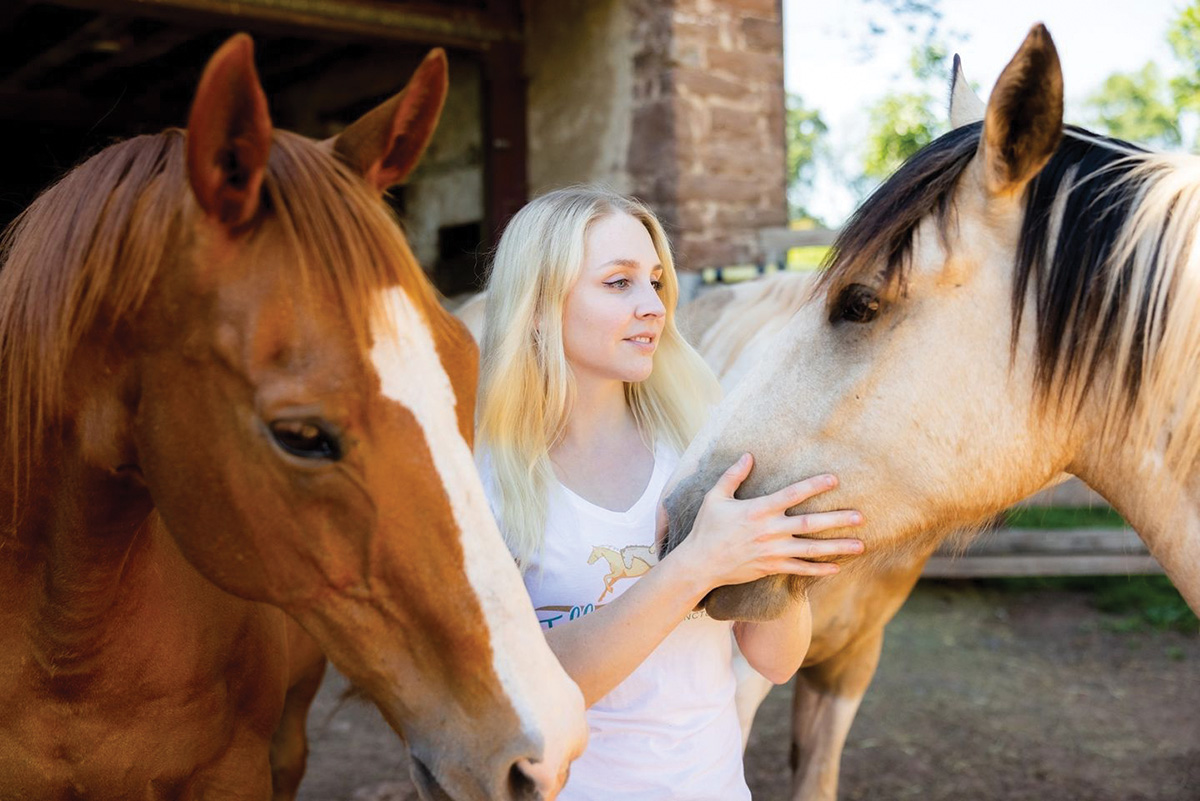
What’s the biggest challenge when working with Mustangs?
CG: The biggest challenge is that they are wild animals at first. They might try to charge you, kick and rear. They are scared. They don’t know to trust you, so winning that trust is the hardest part. But it’s also the greatest reward when you become the first person that the animal has ever trusted.
You can ask pretty much any Mustang trainer, and that first touch when they reach out and touch your hand with their nose is the most magical experience. There is nothing else like it, and having the trust of these animals is the greatest honor.
This article about Folly & Friends Mustang Sanctuary appeared in the January/February 2023 issue of Horse Illustrated magazine. Click here to subscribe!

